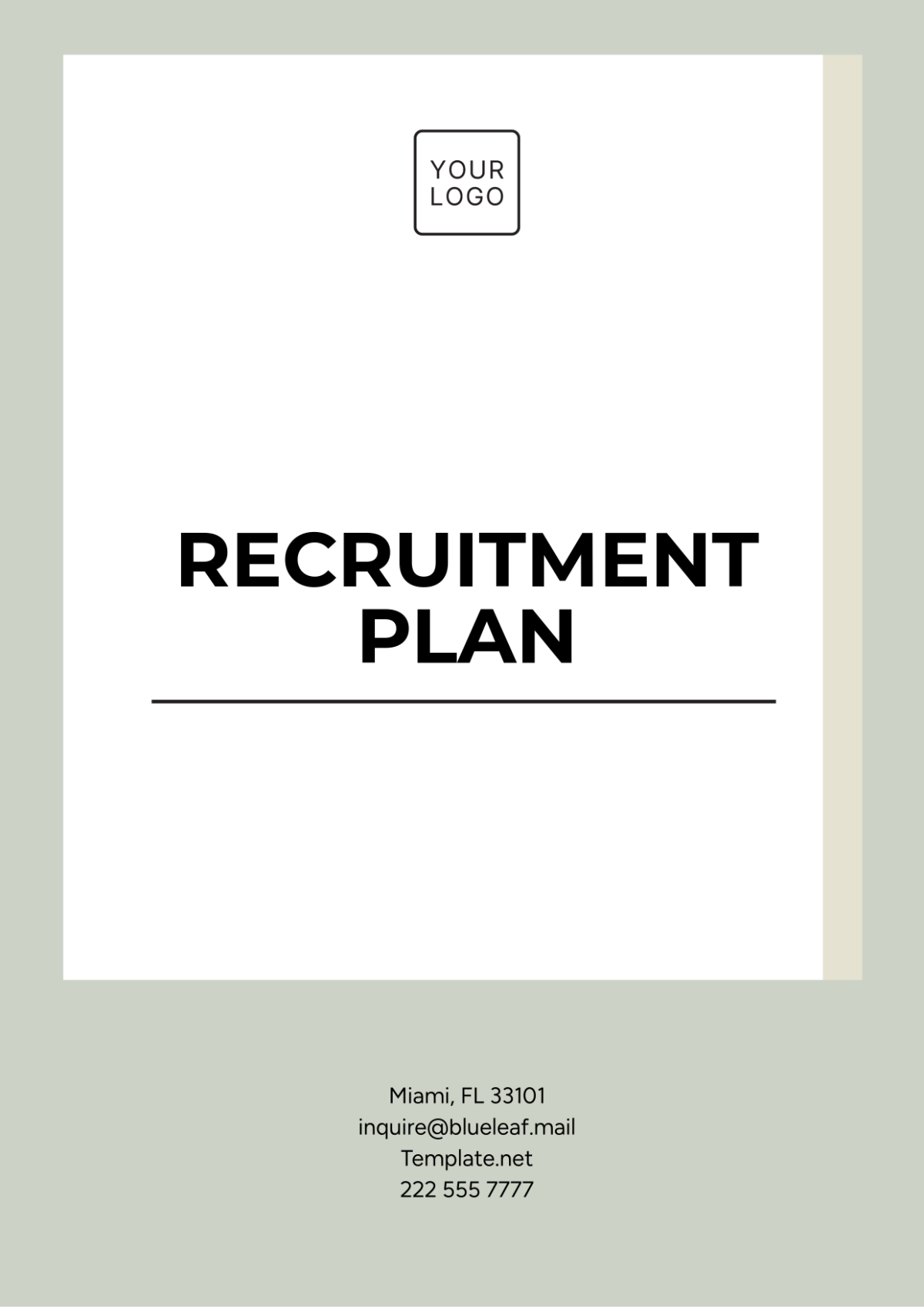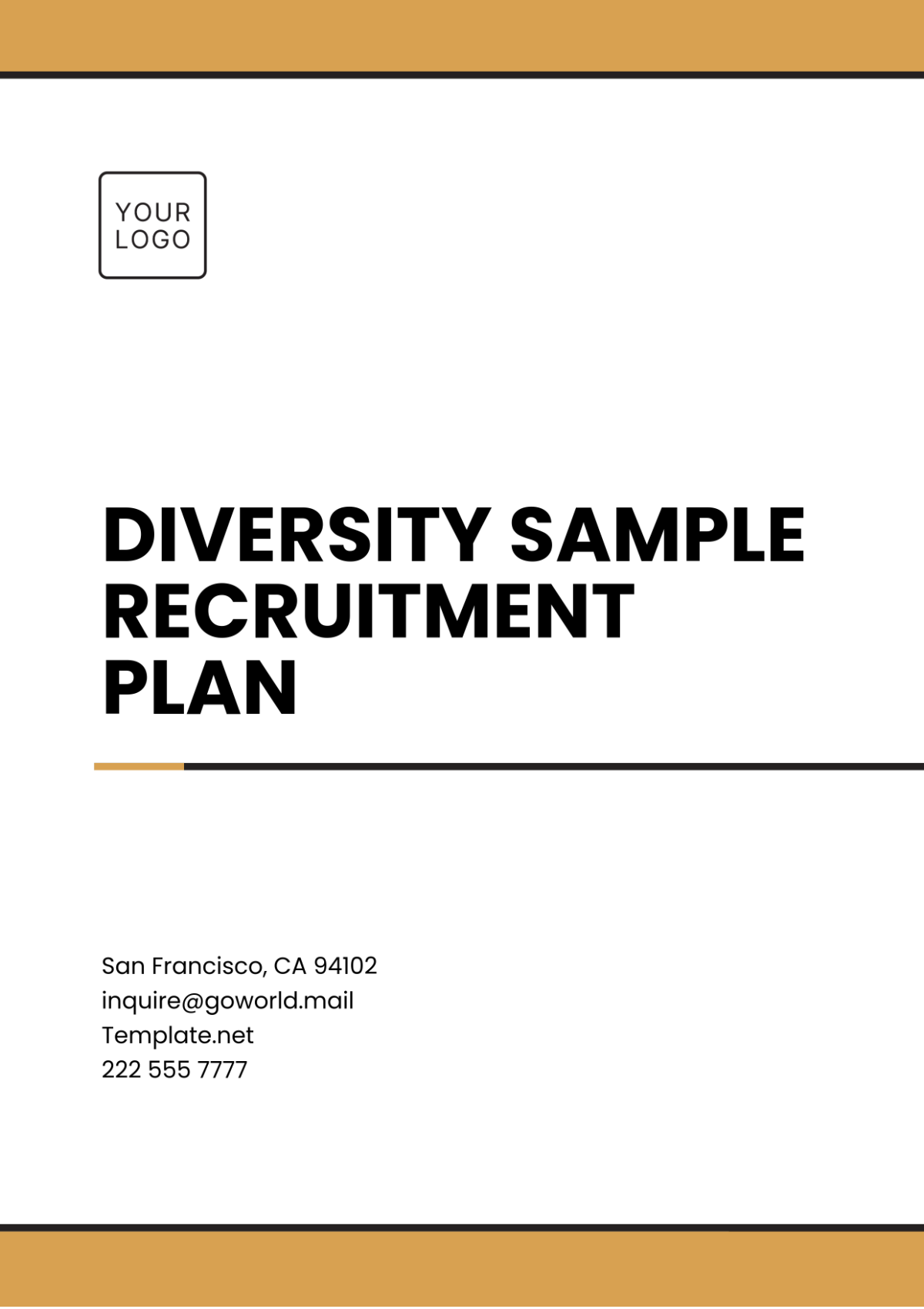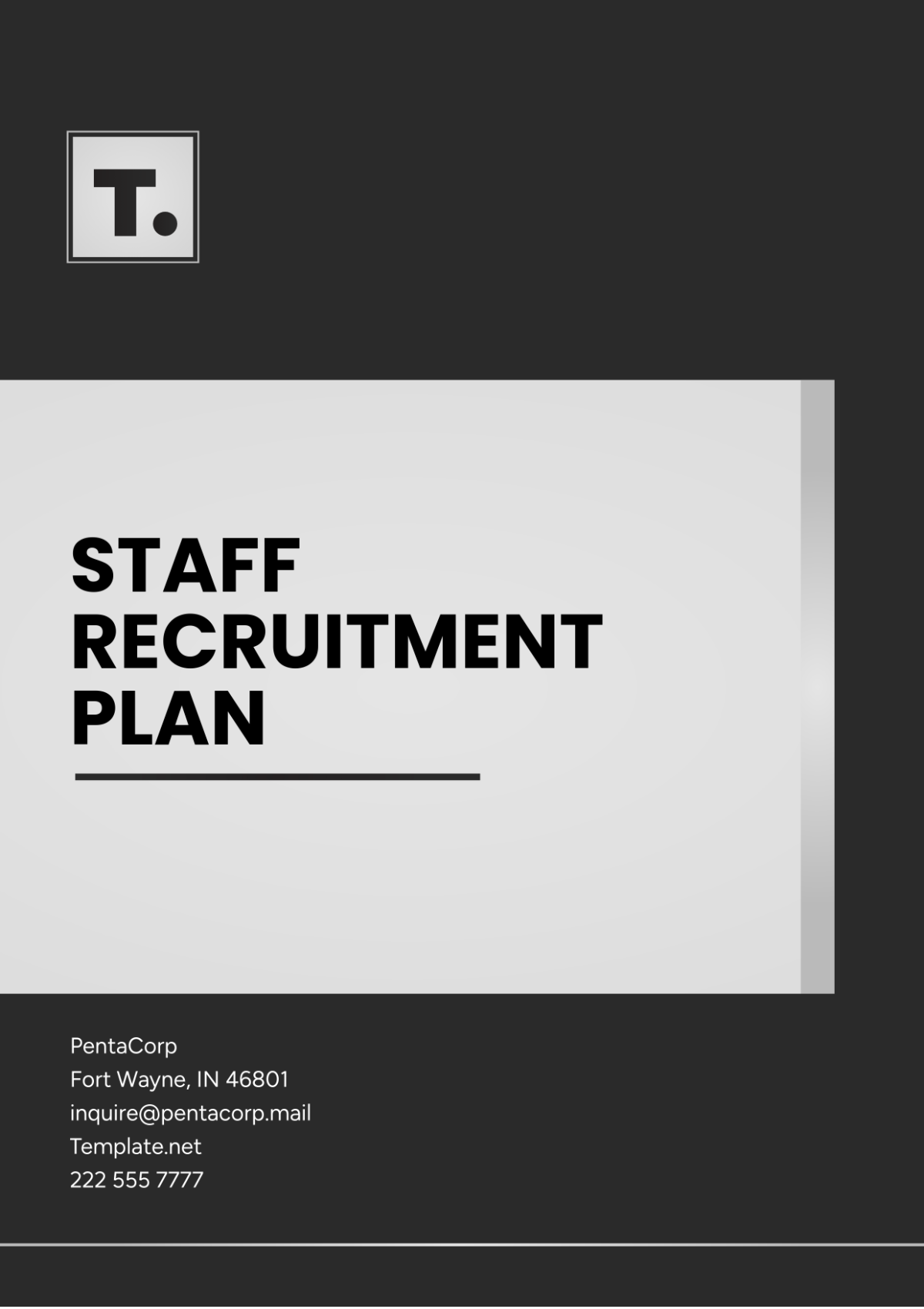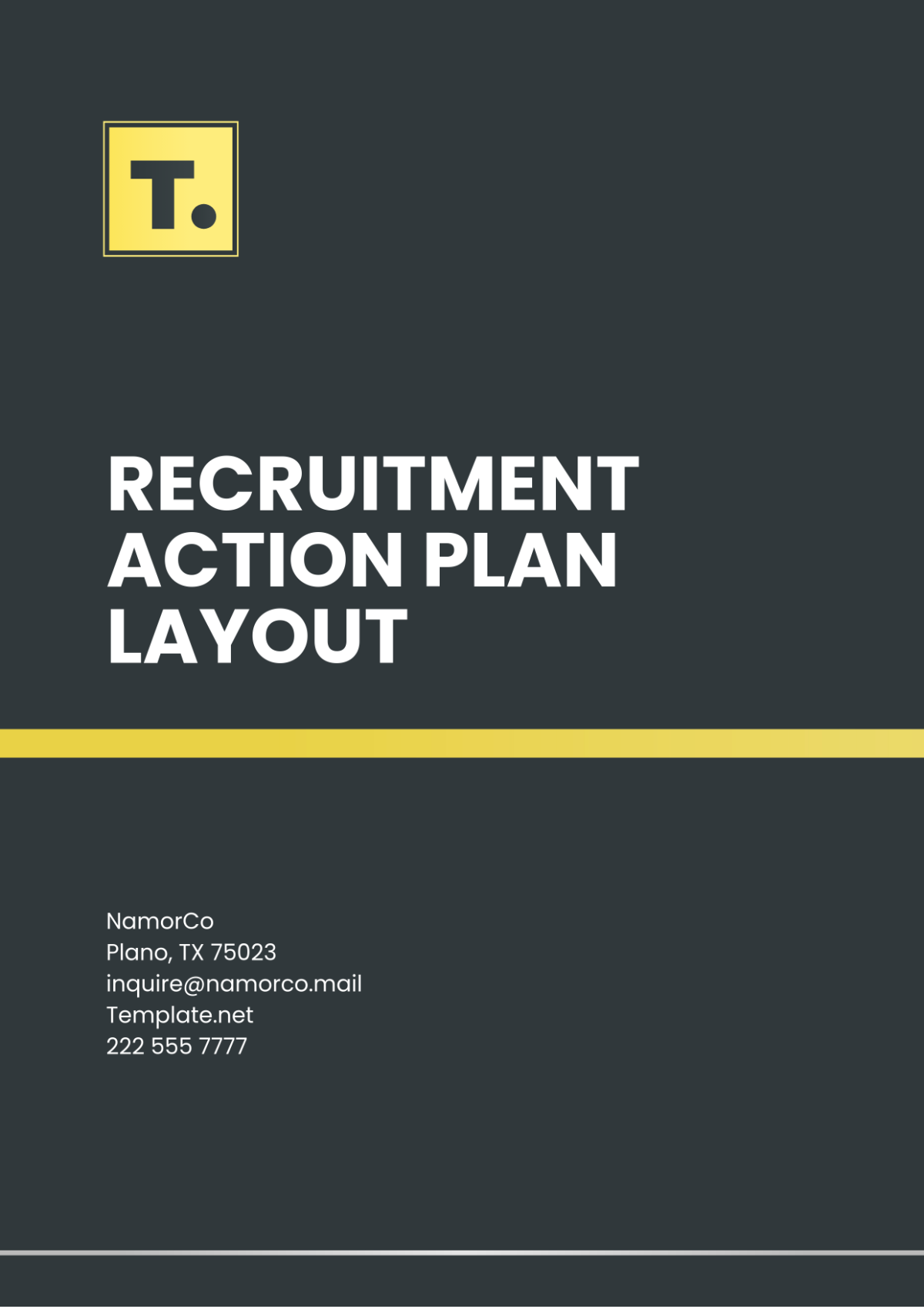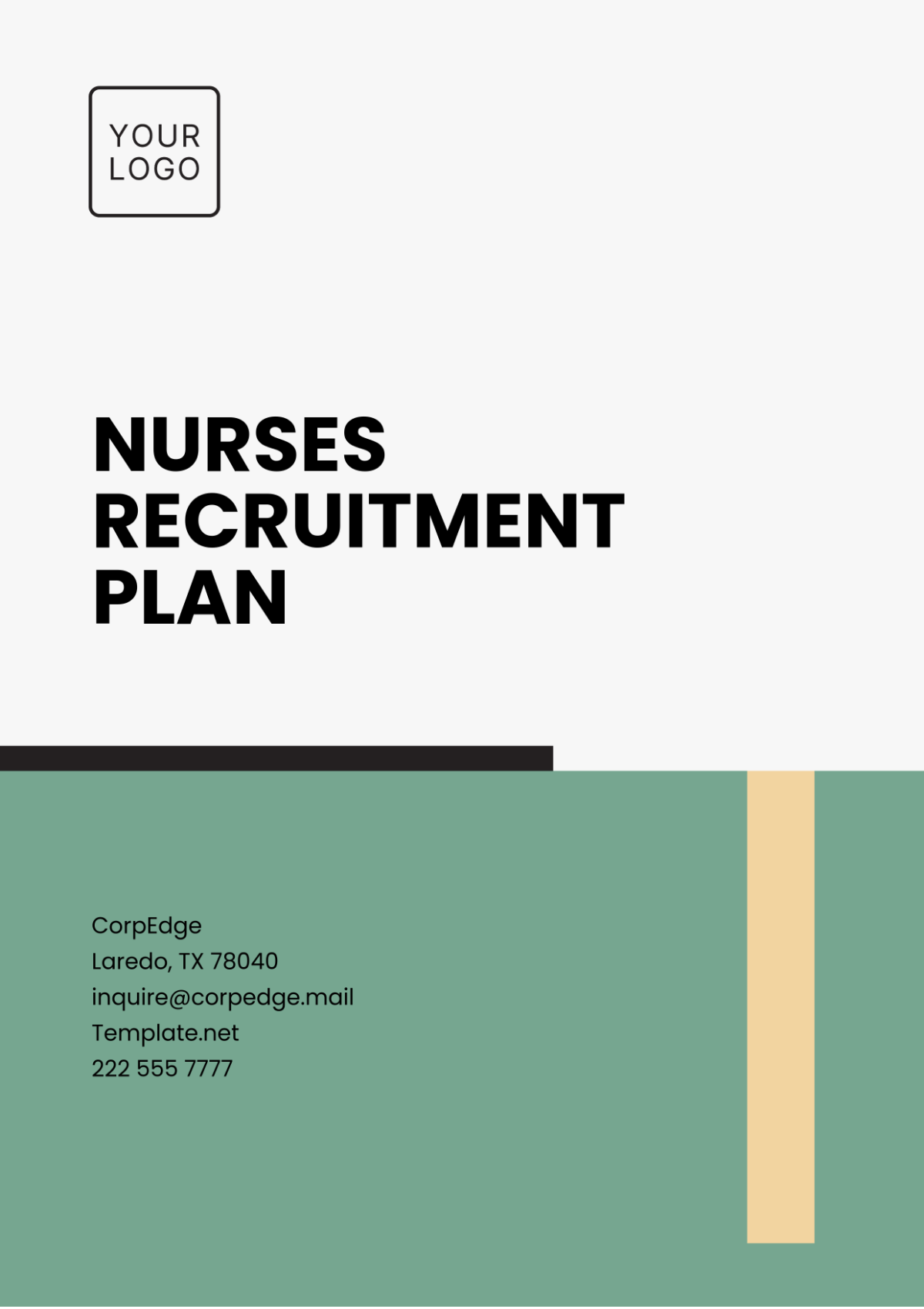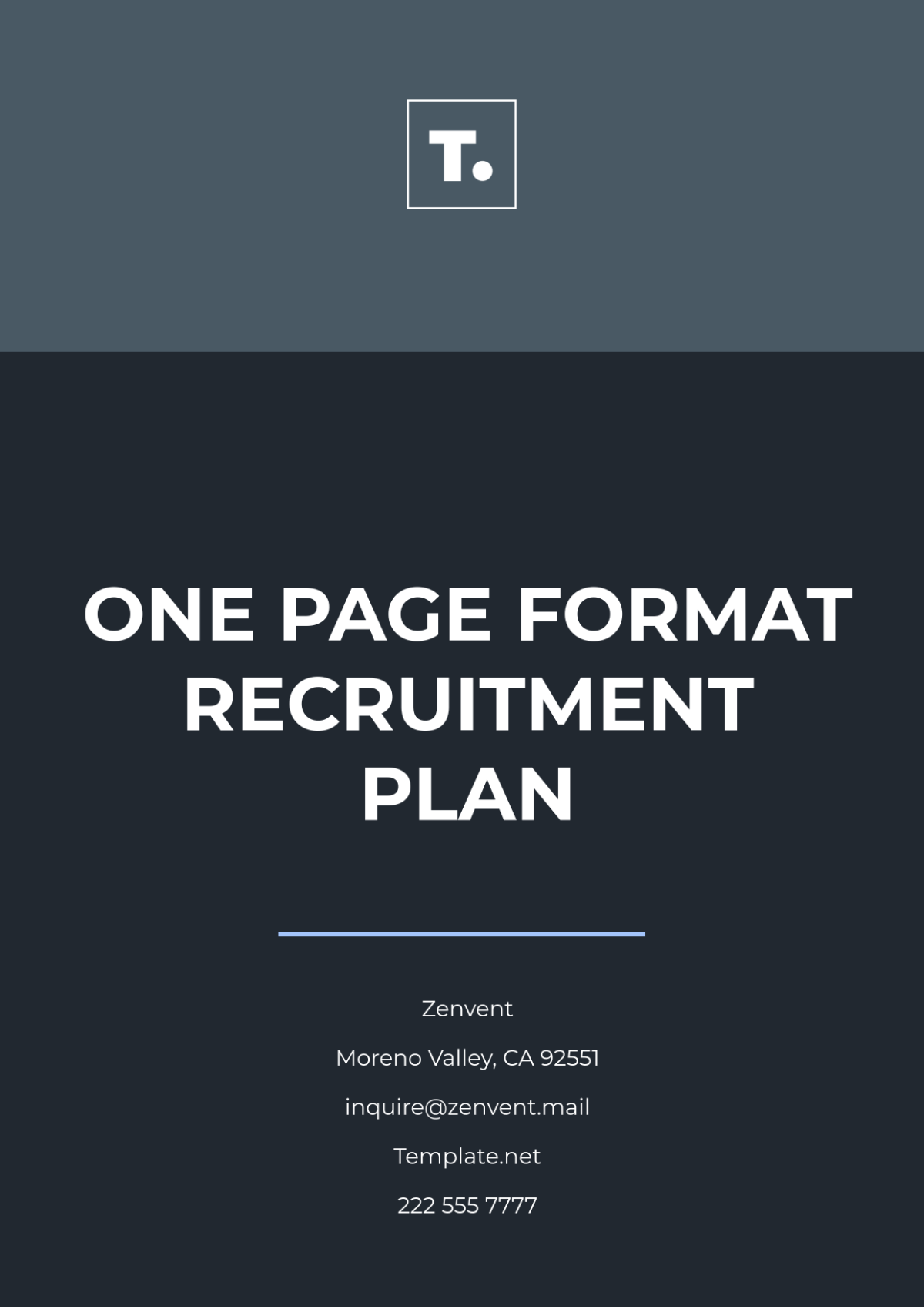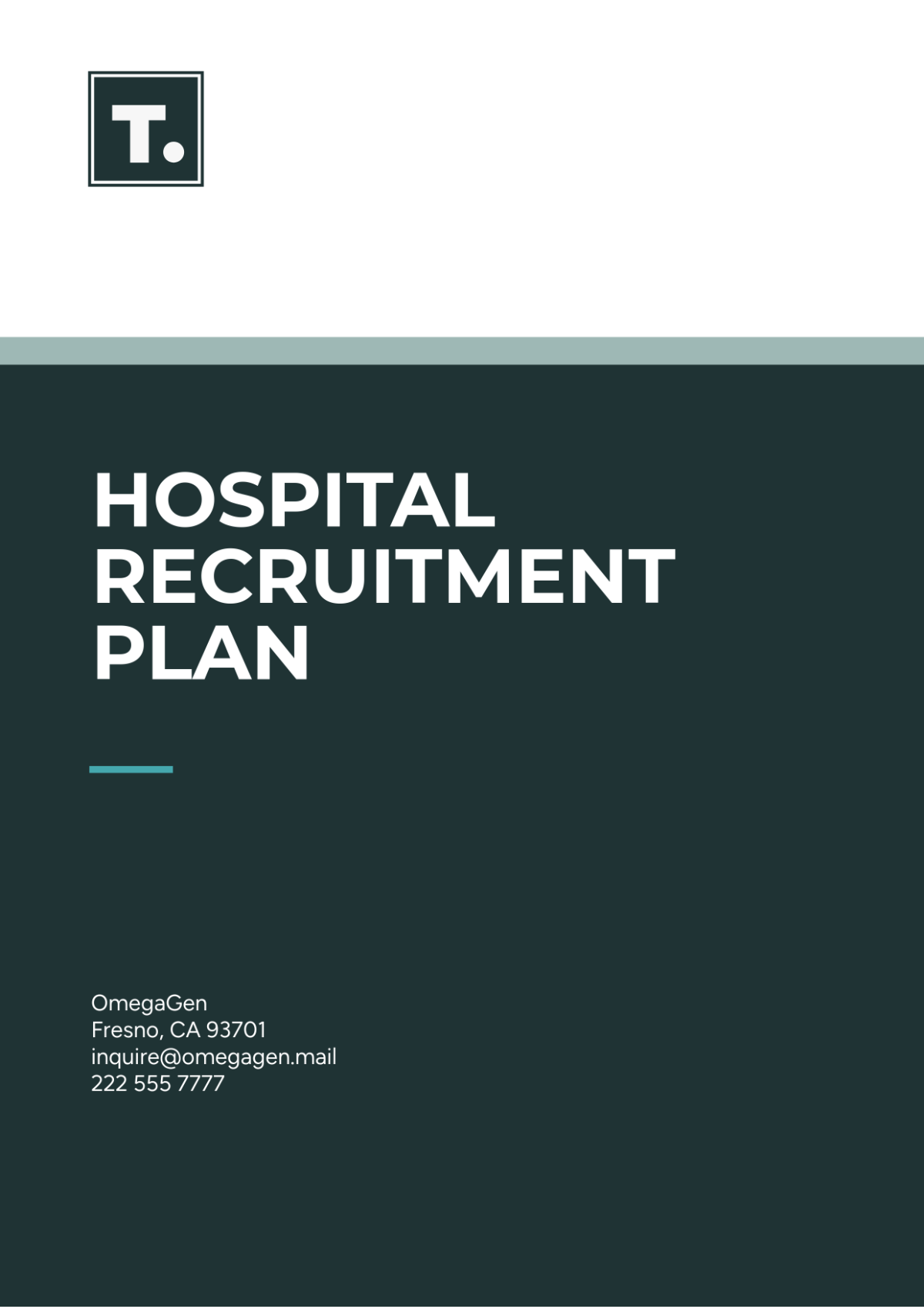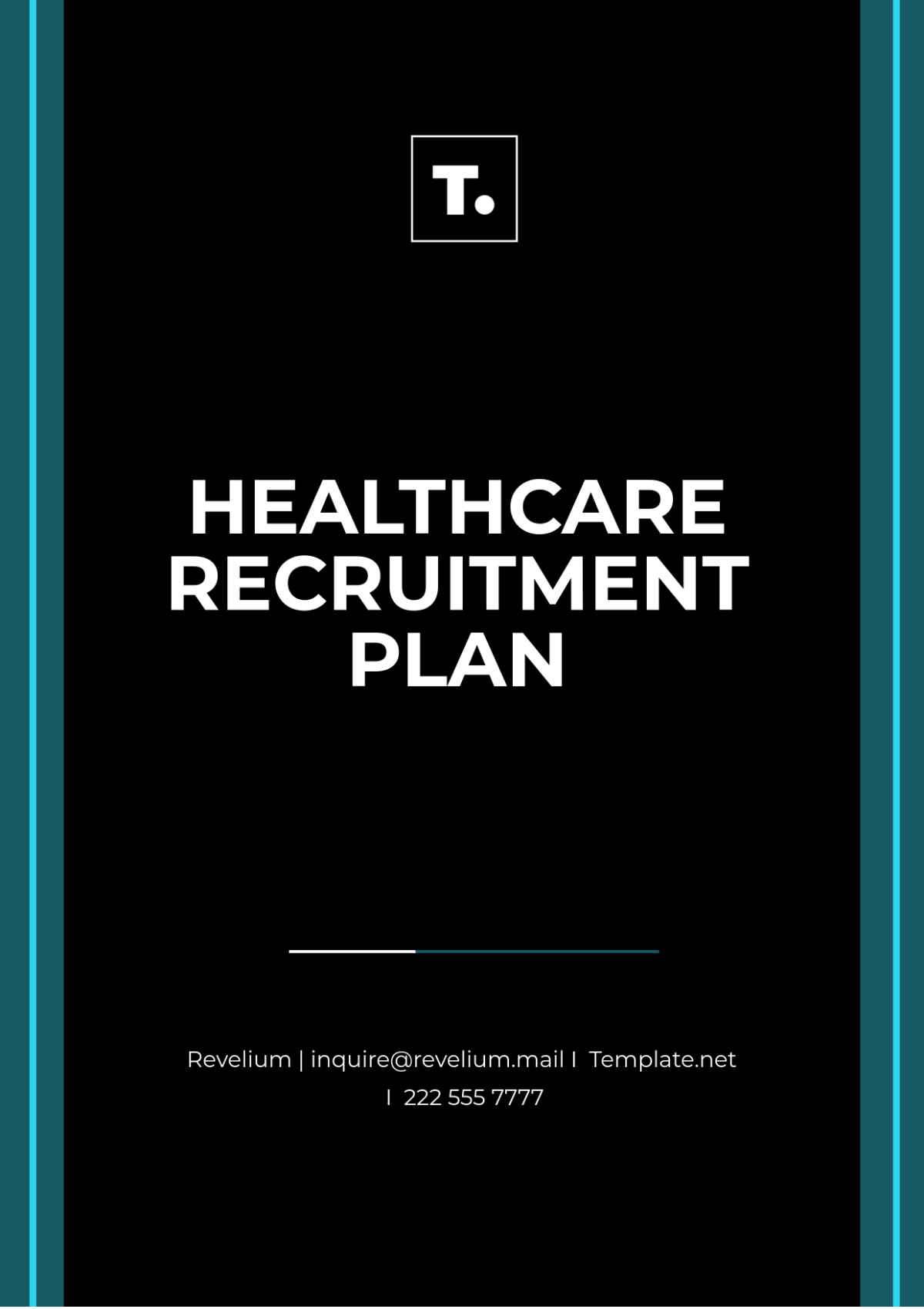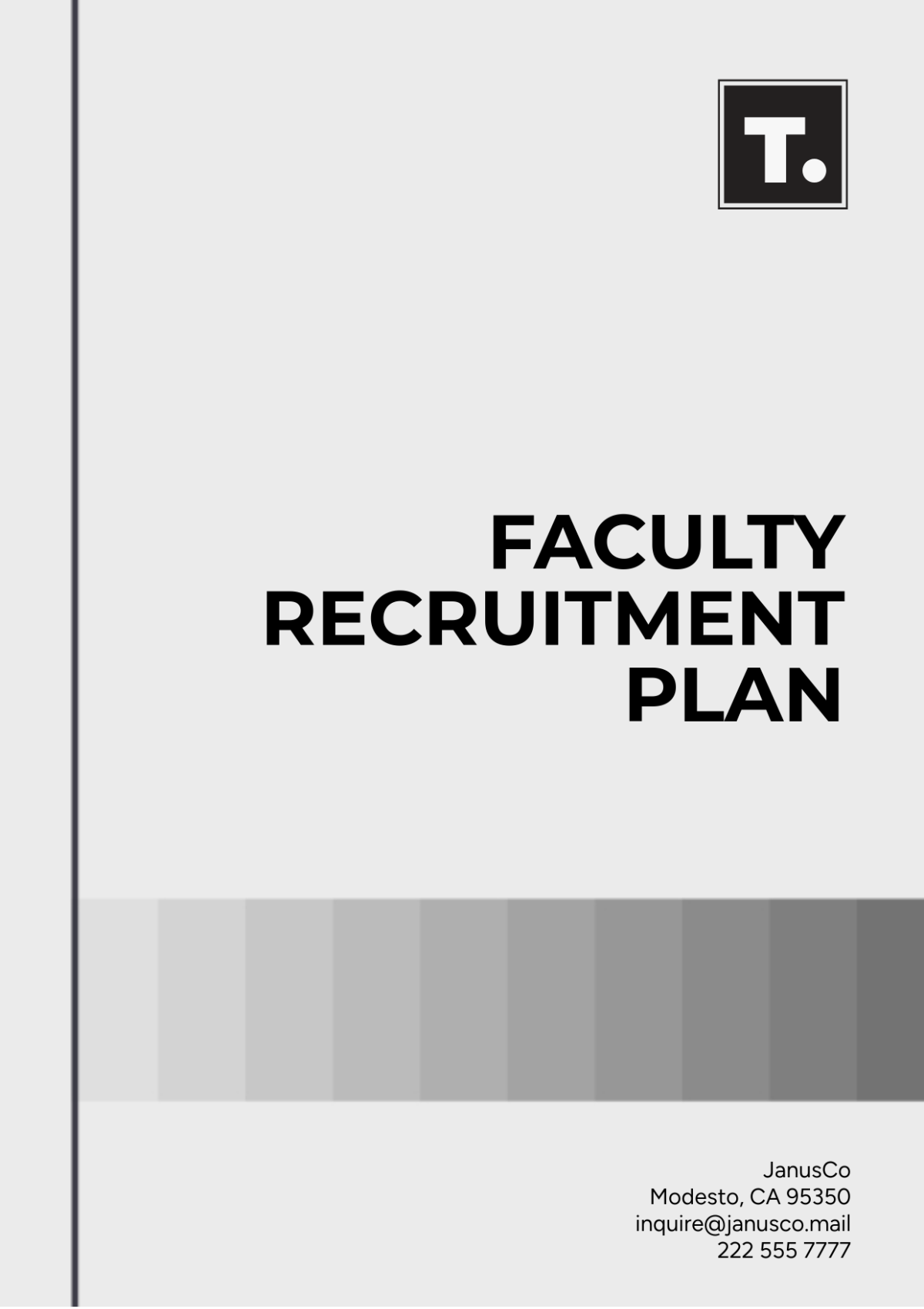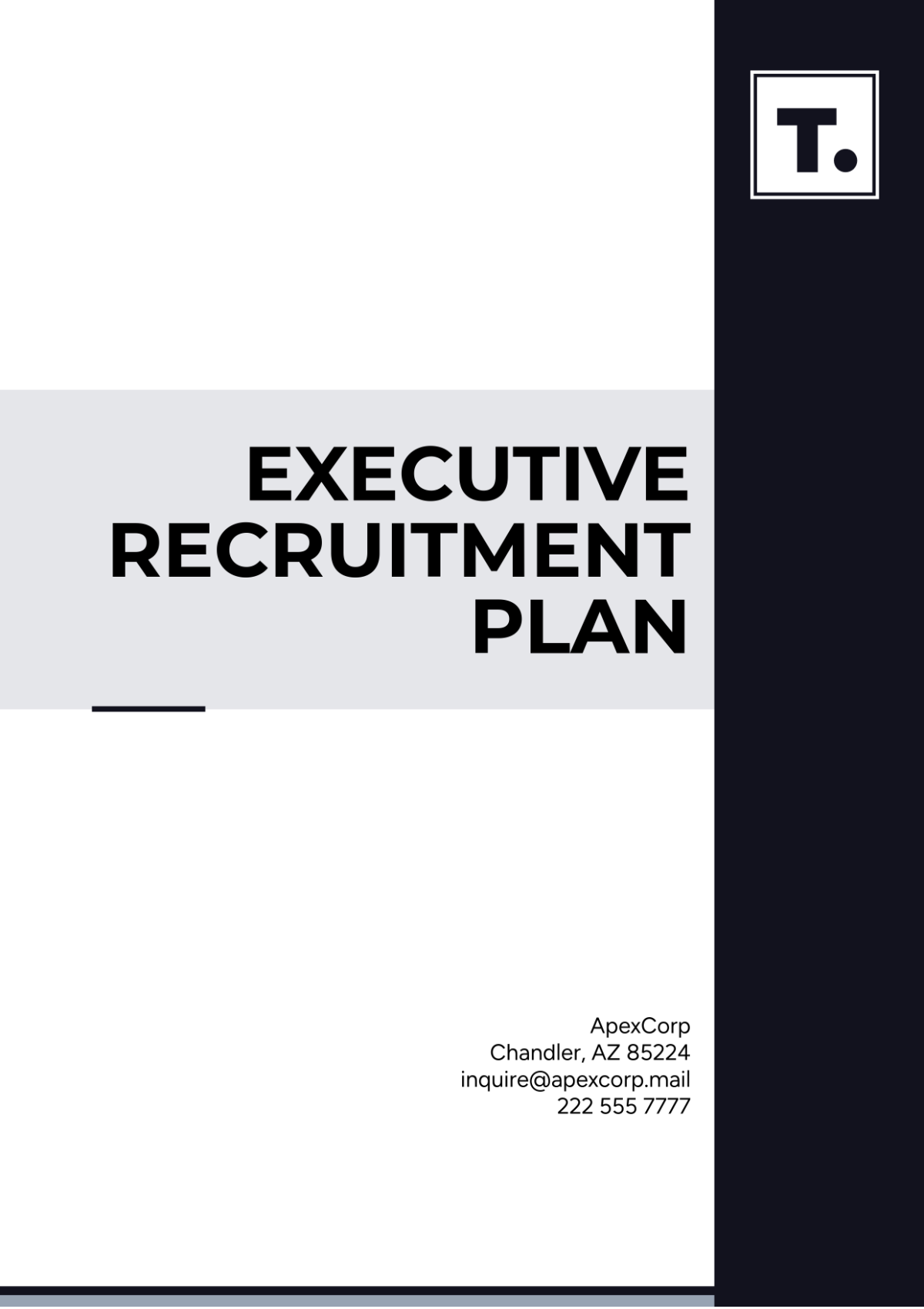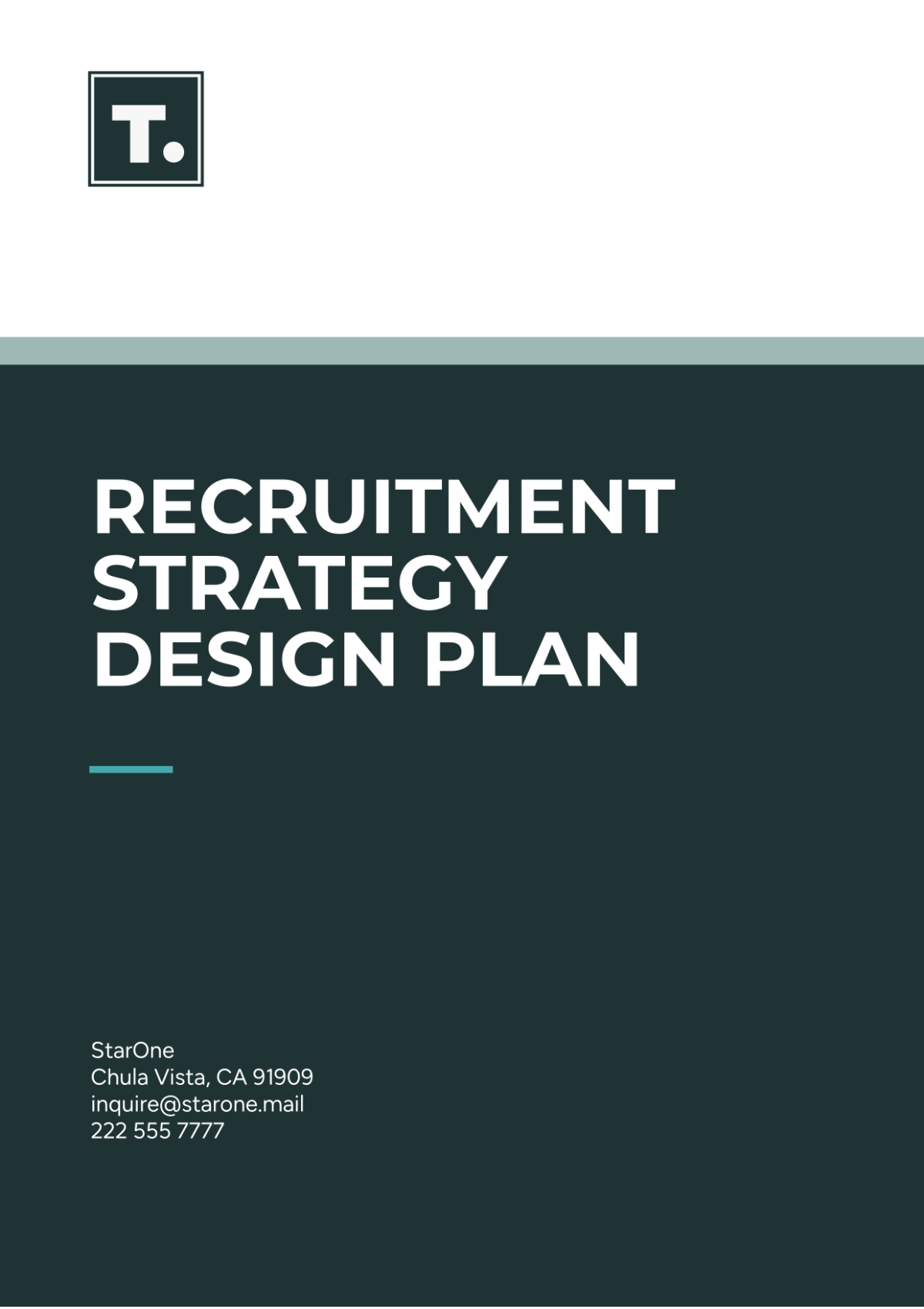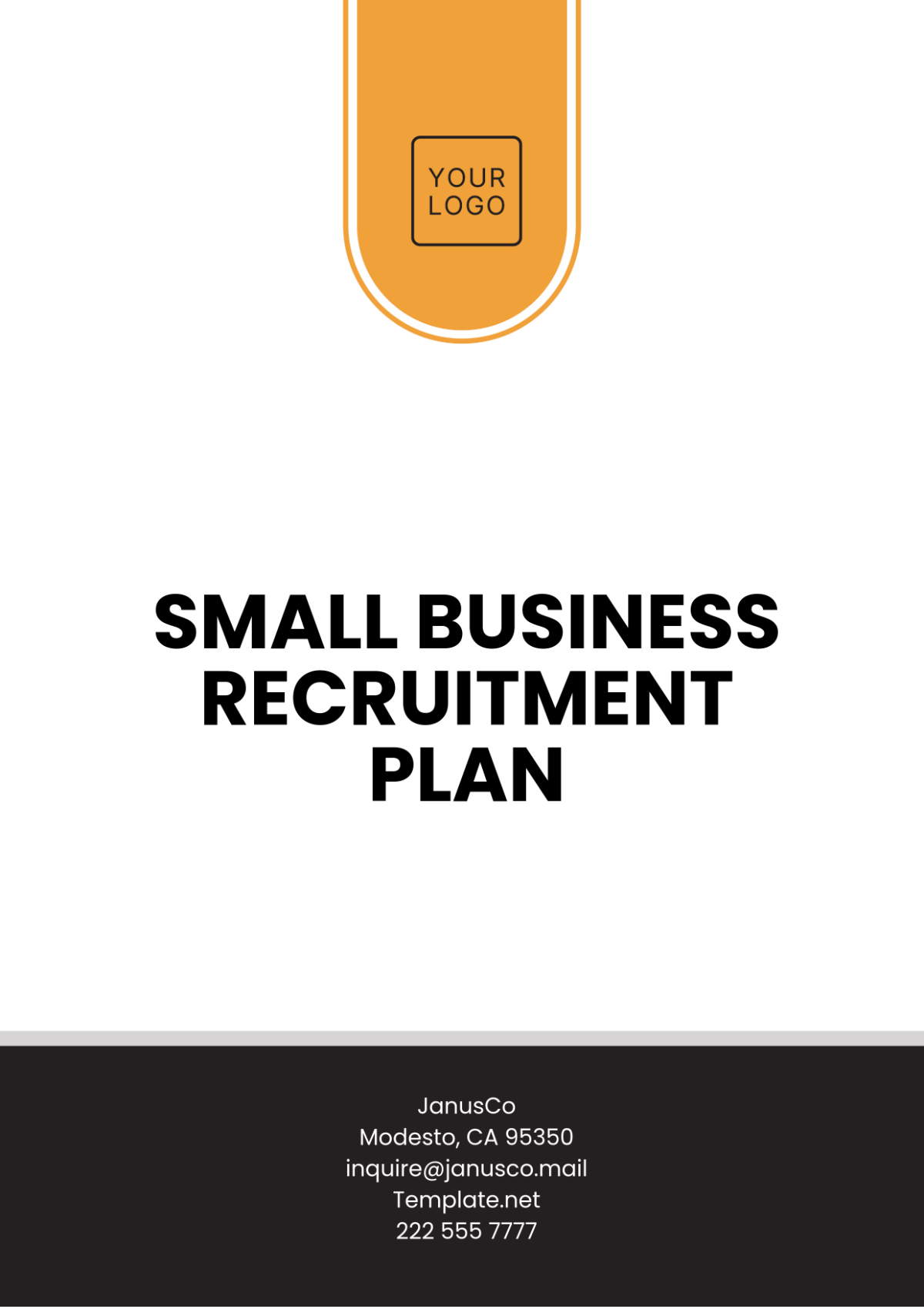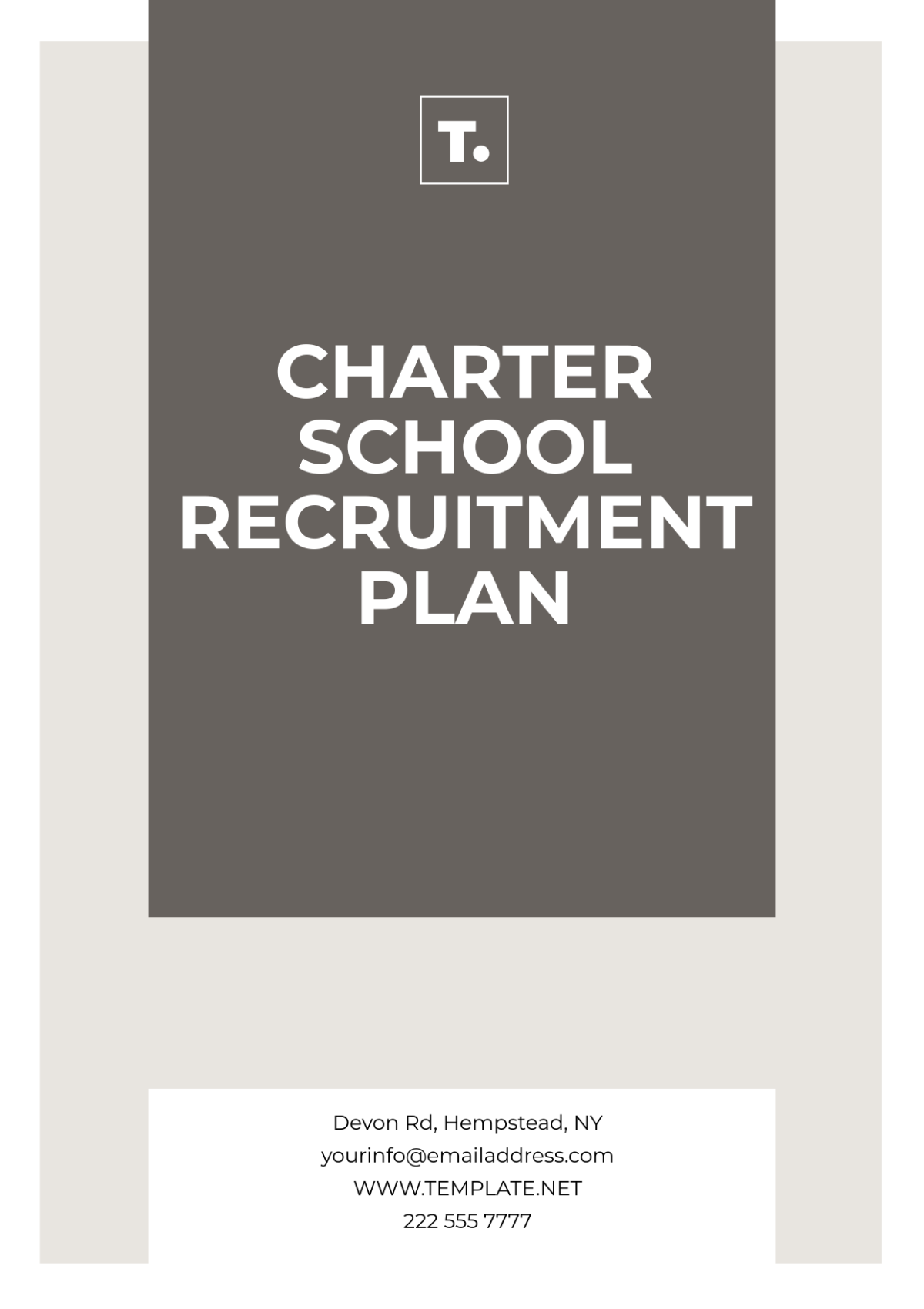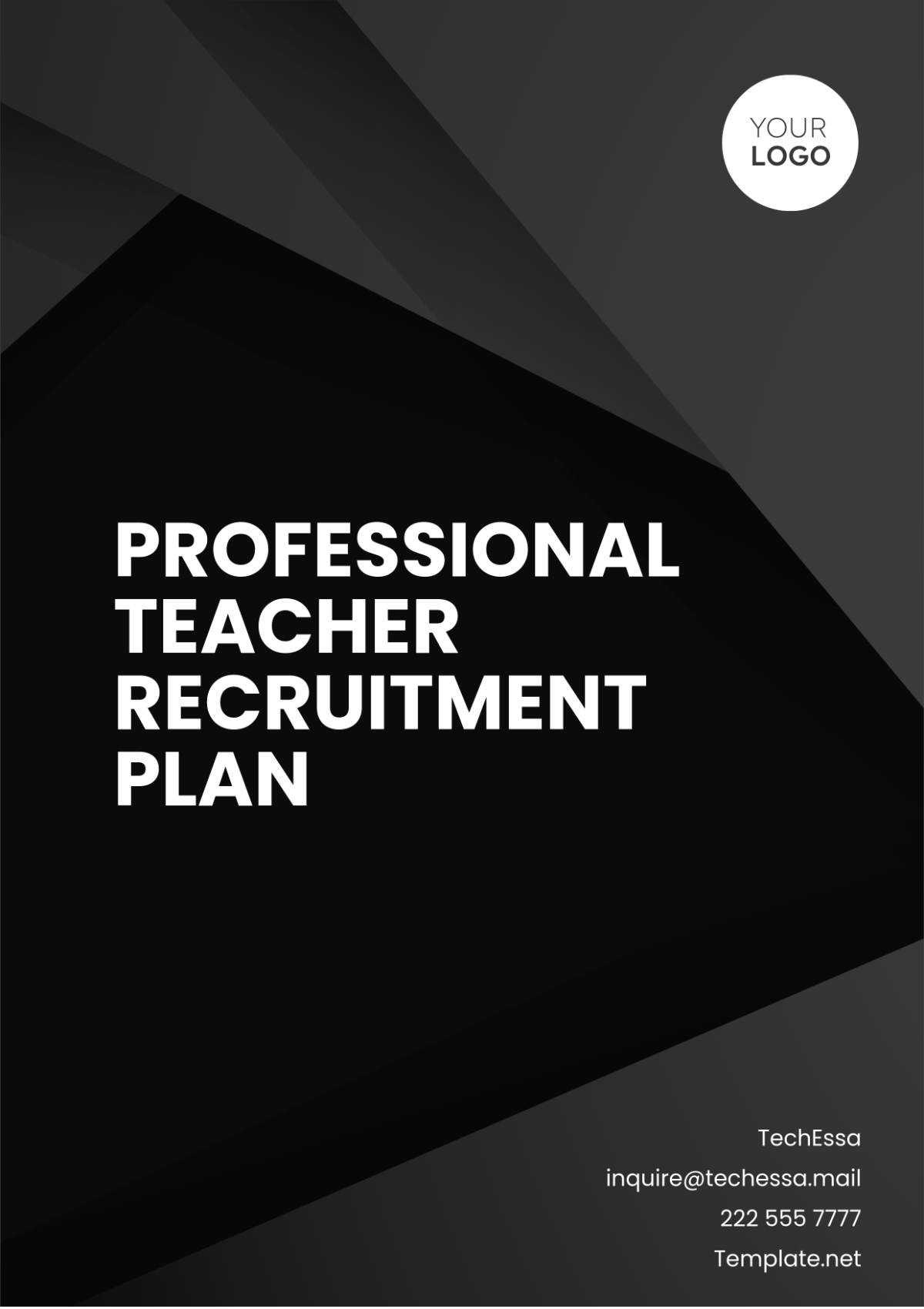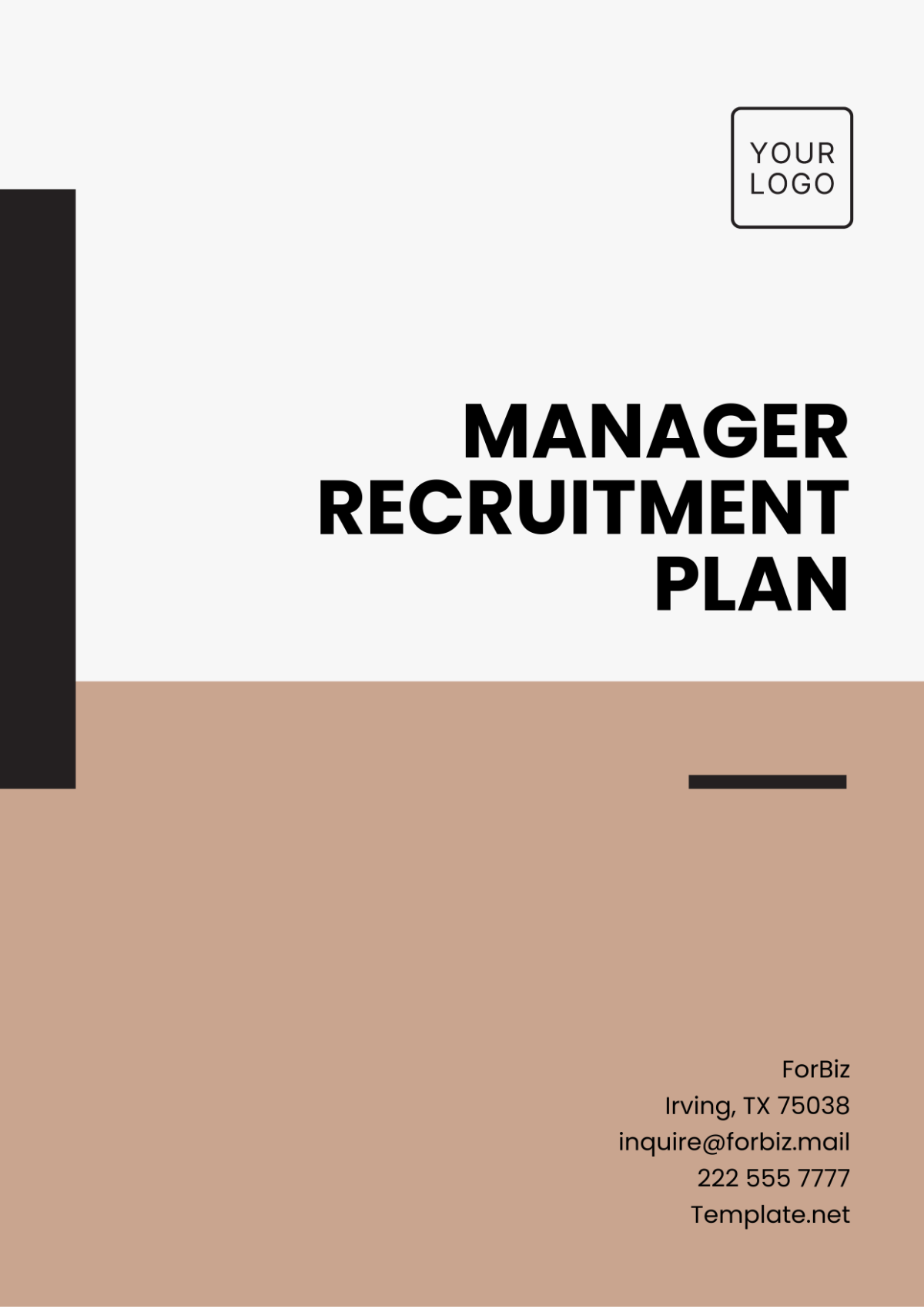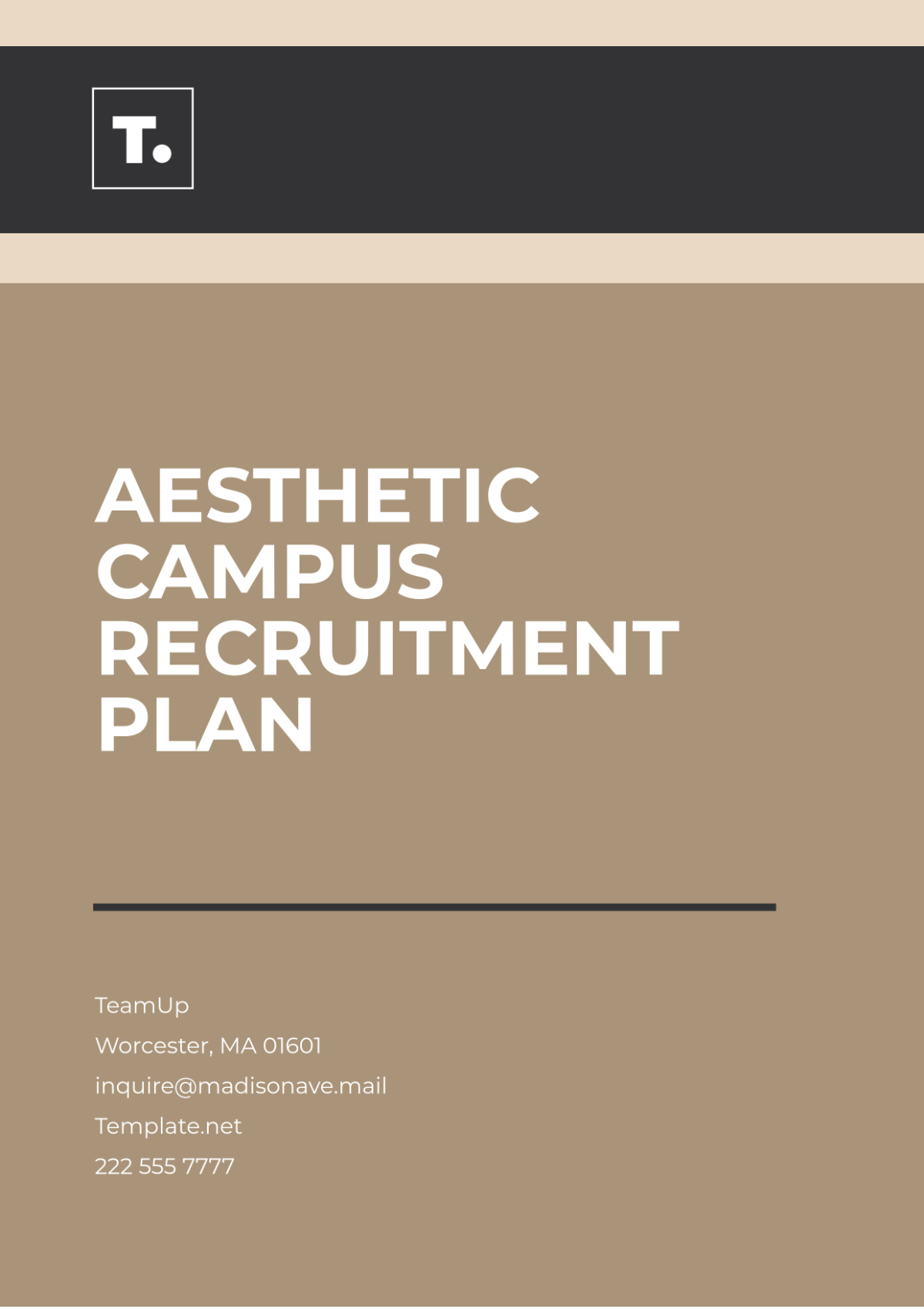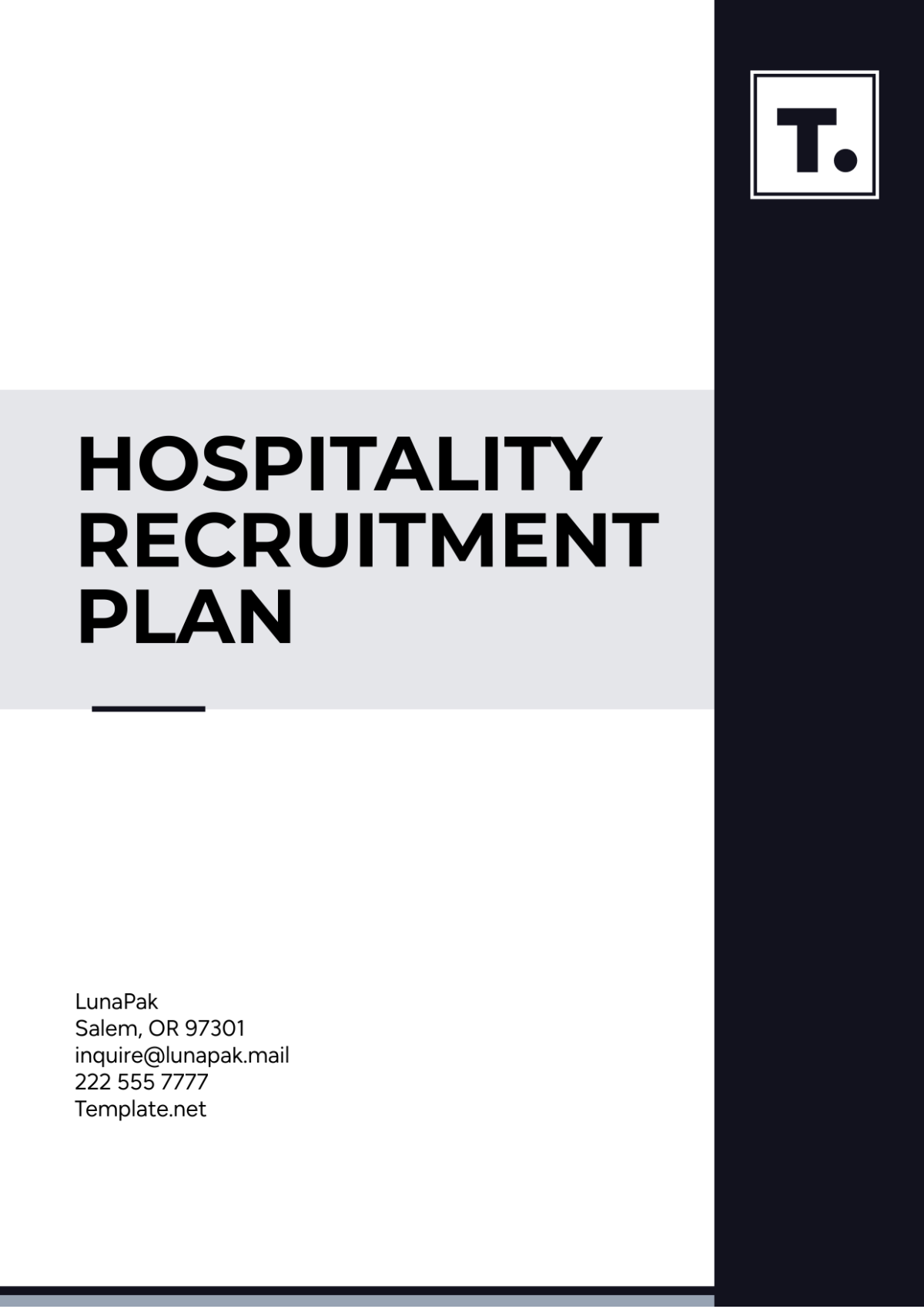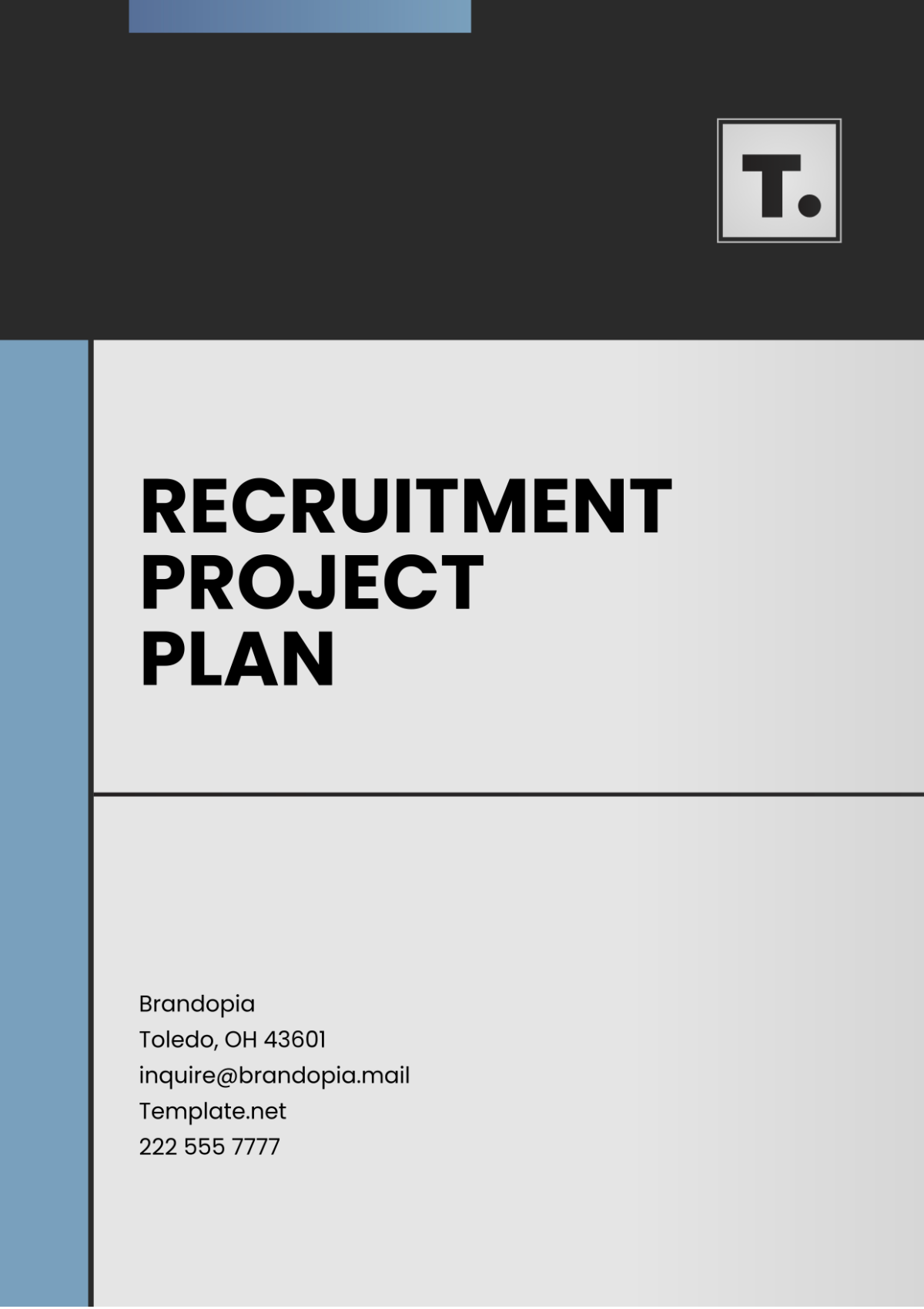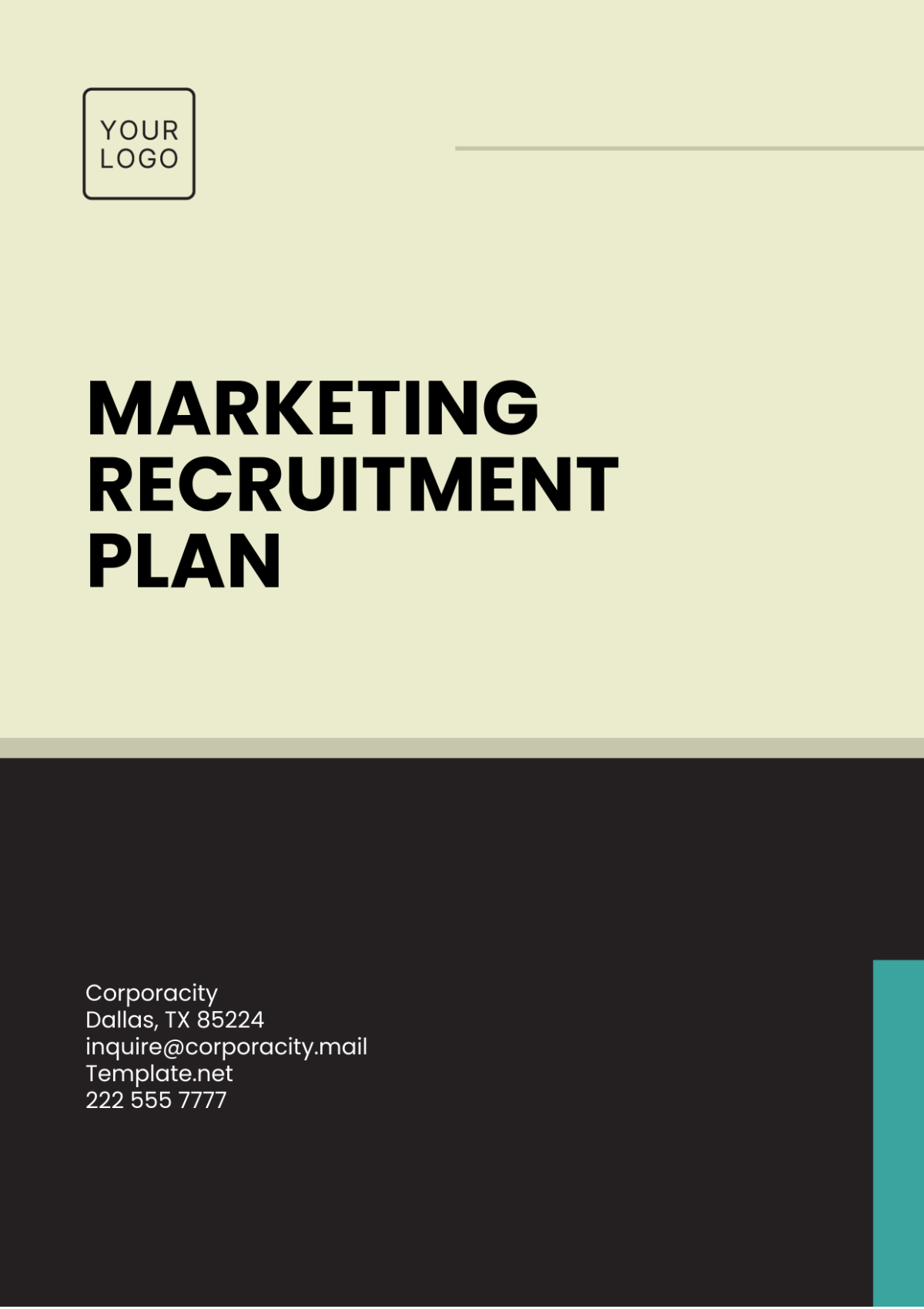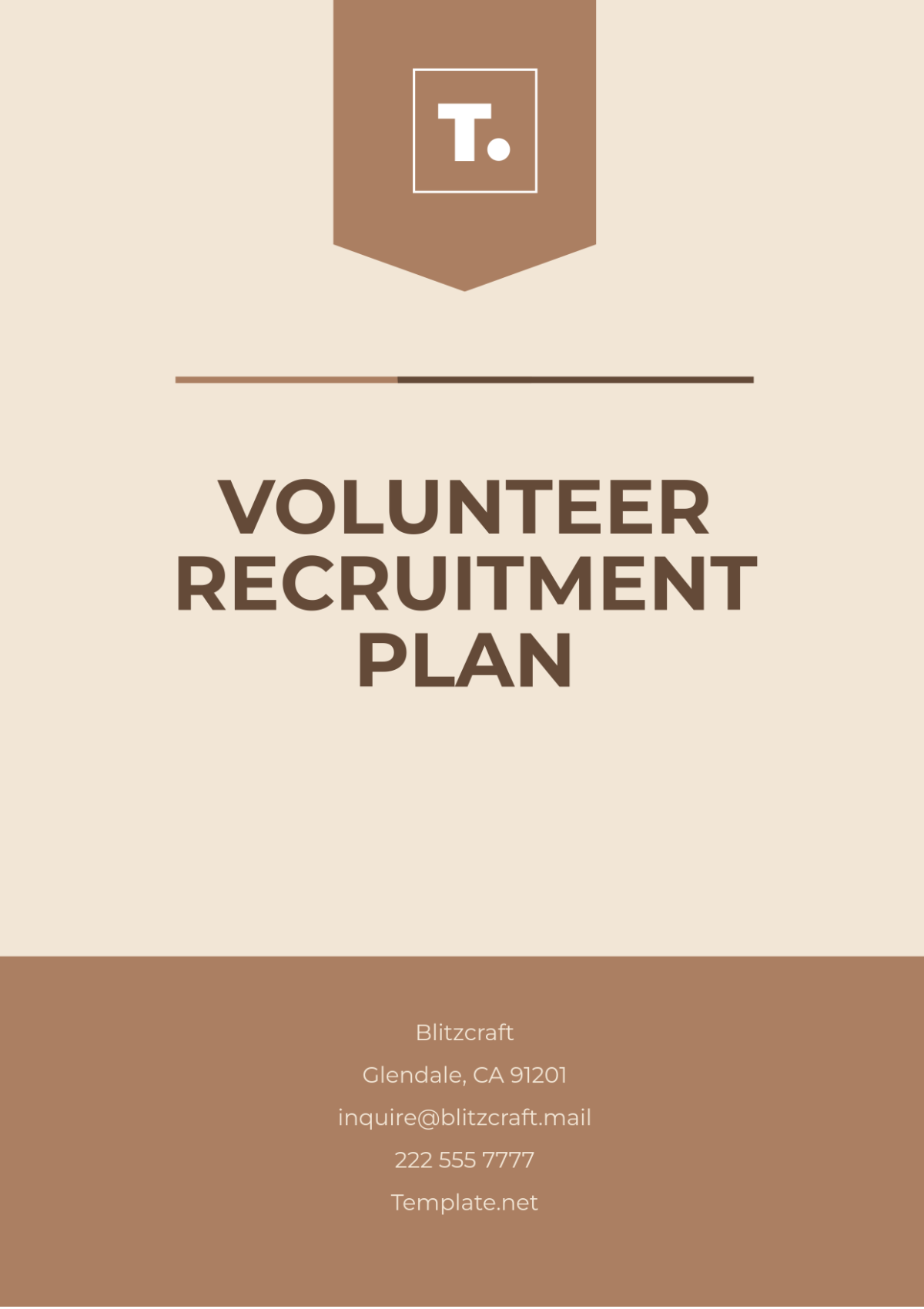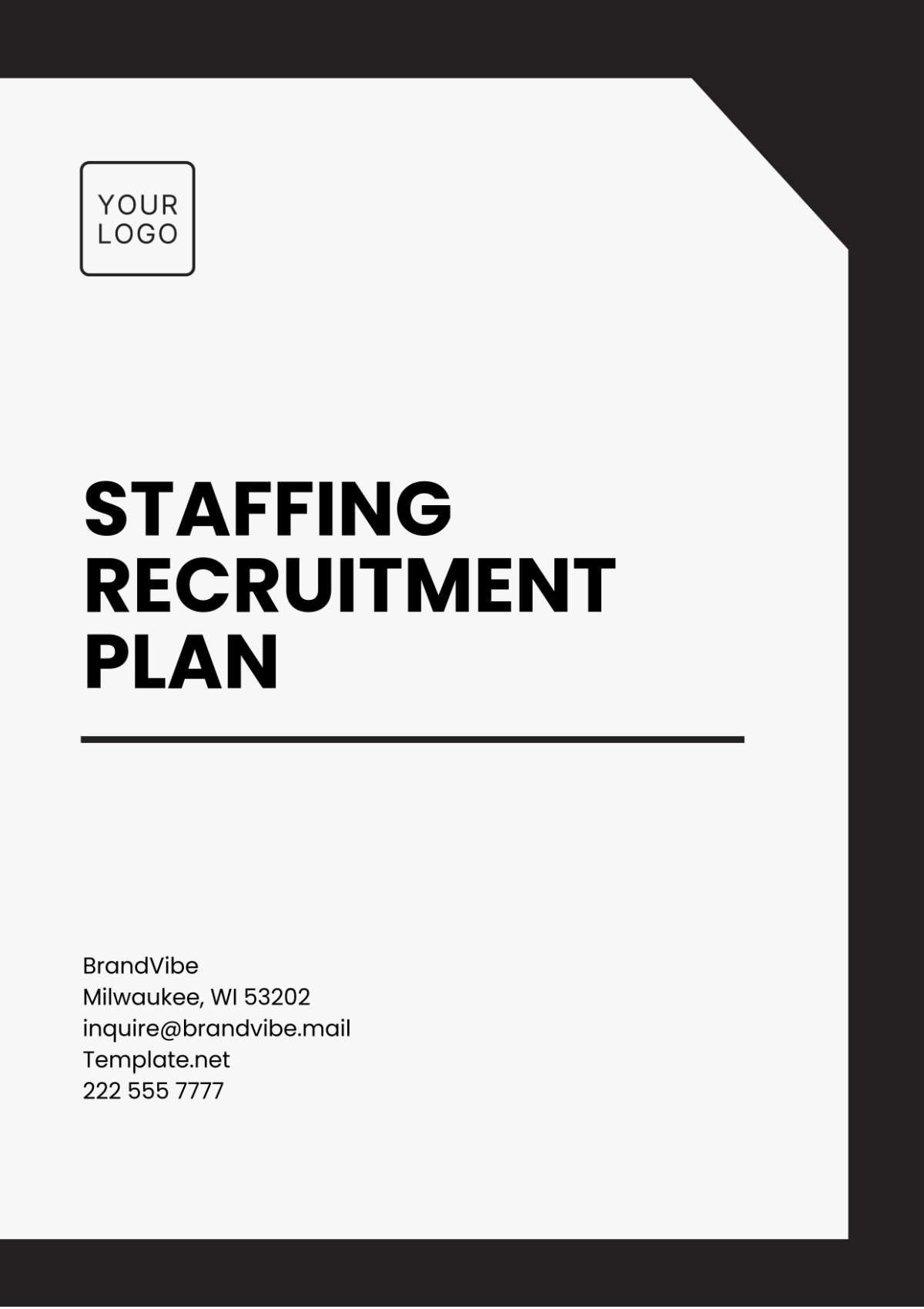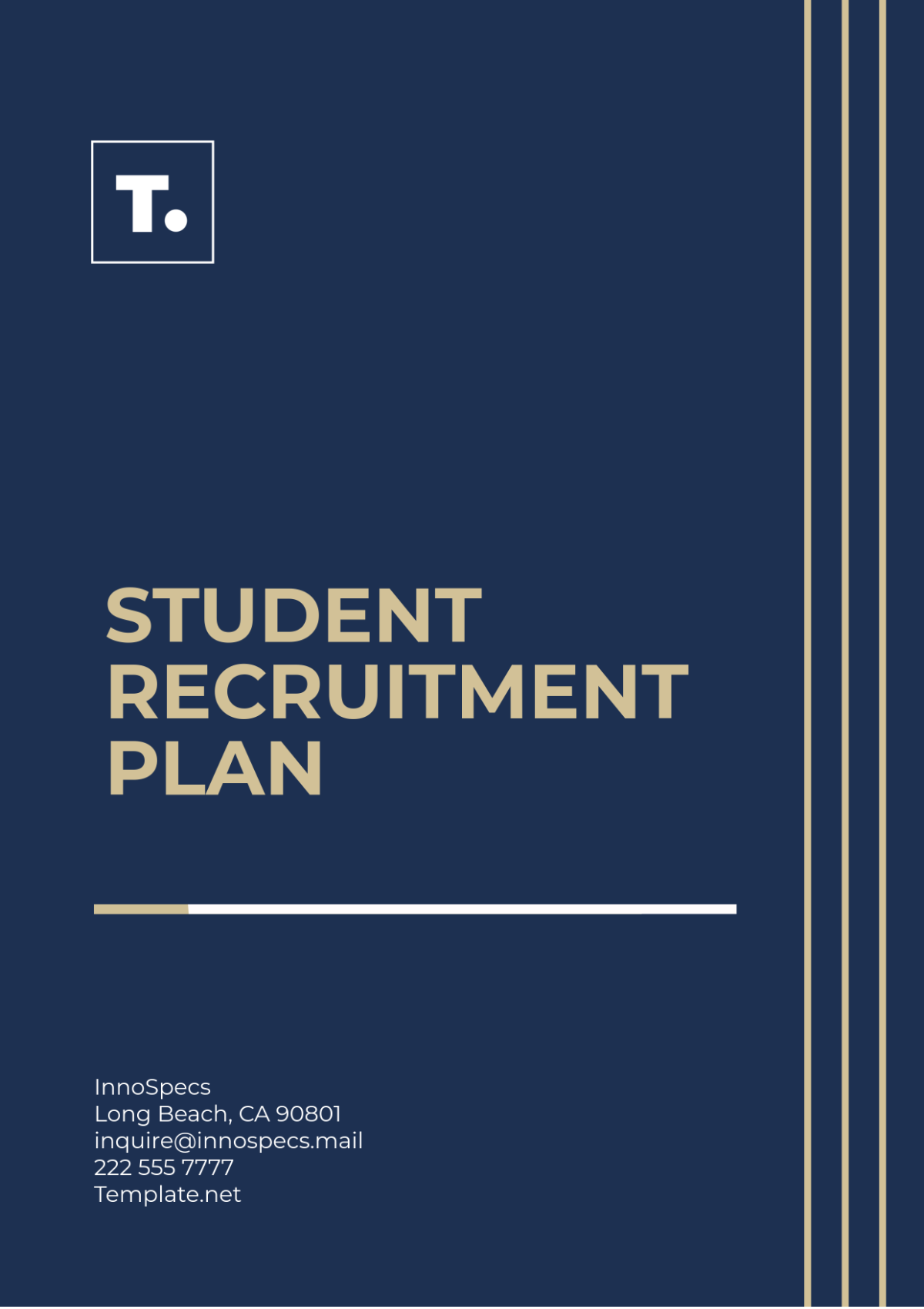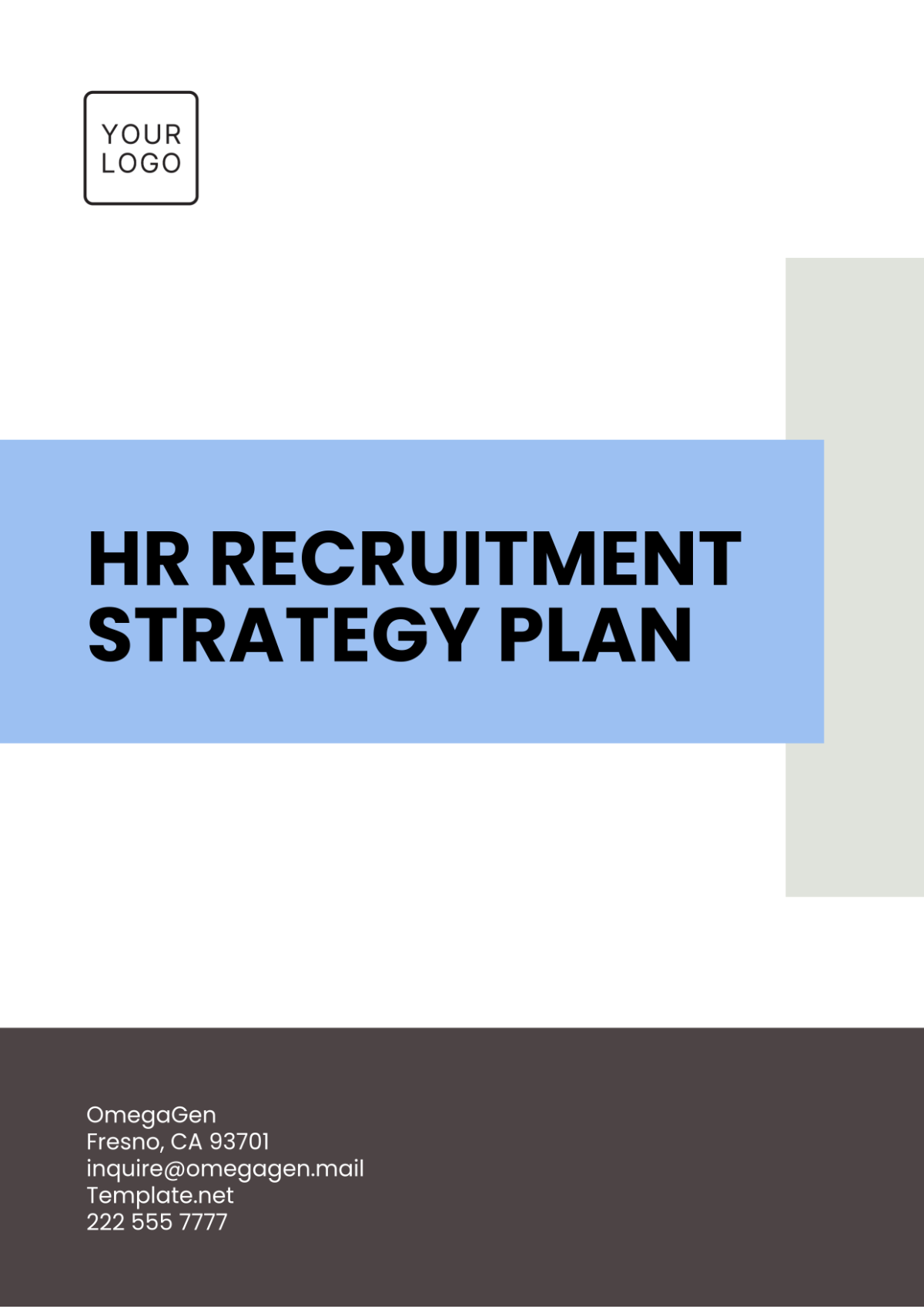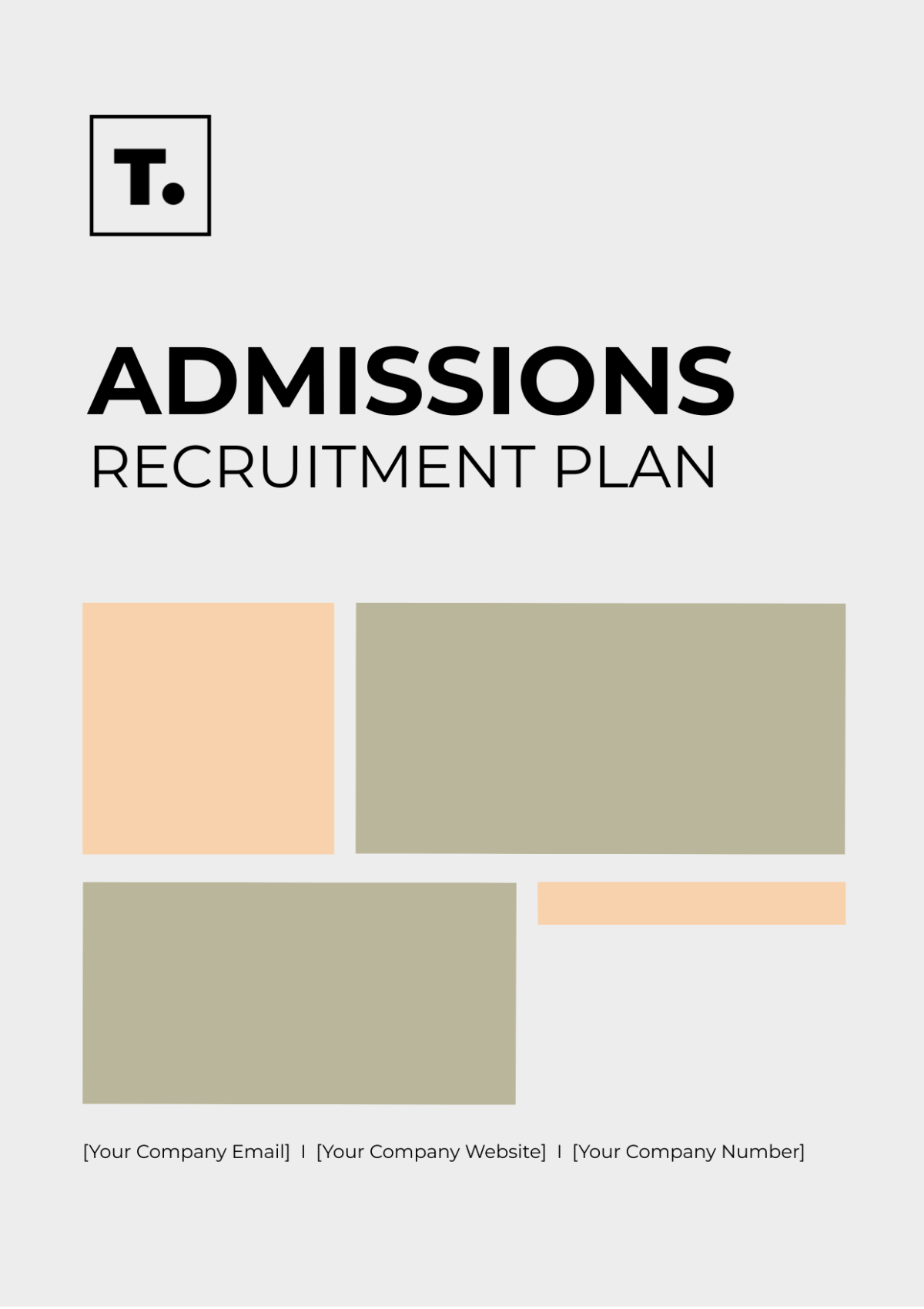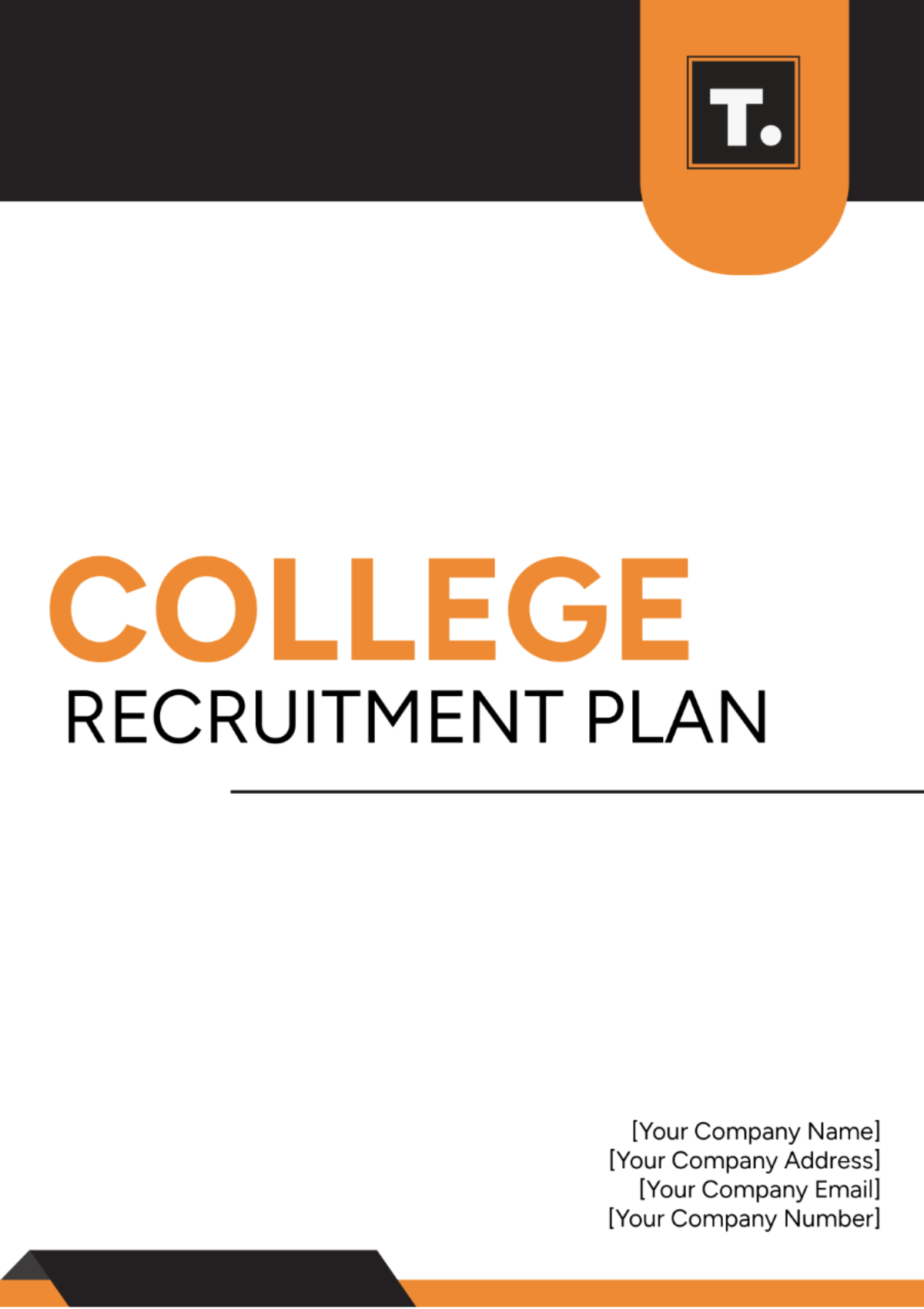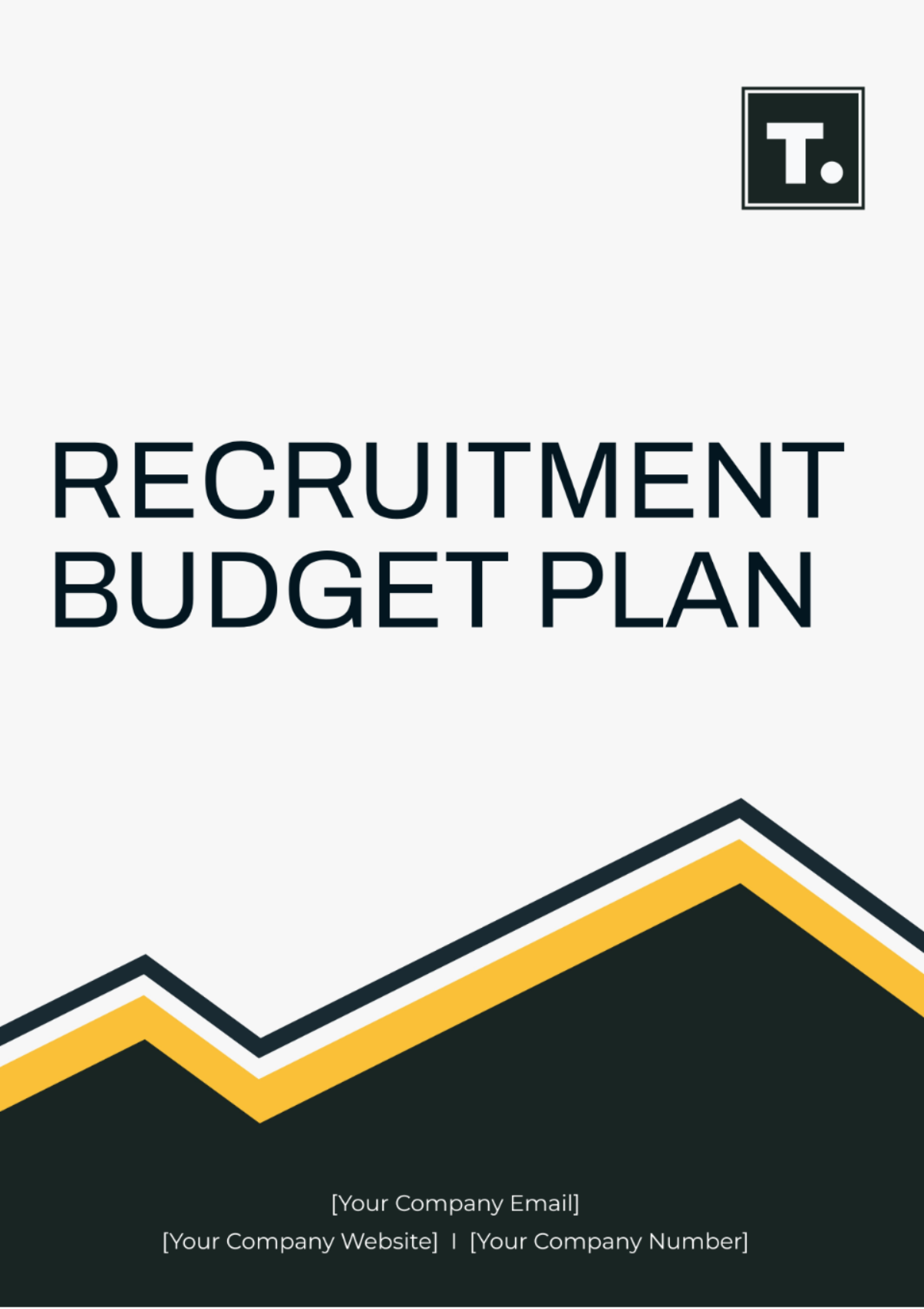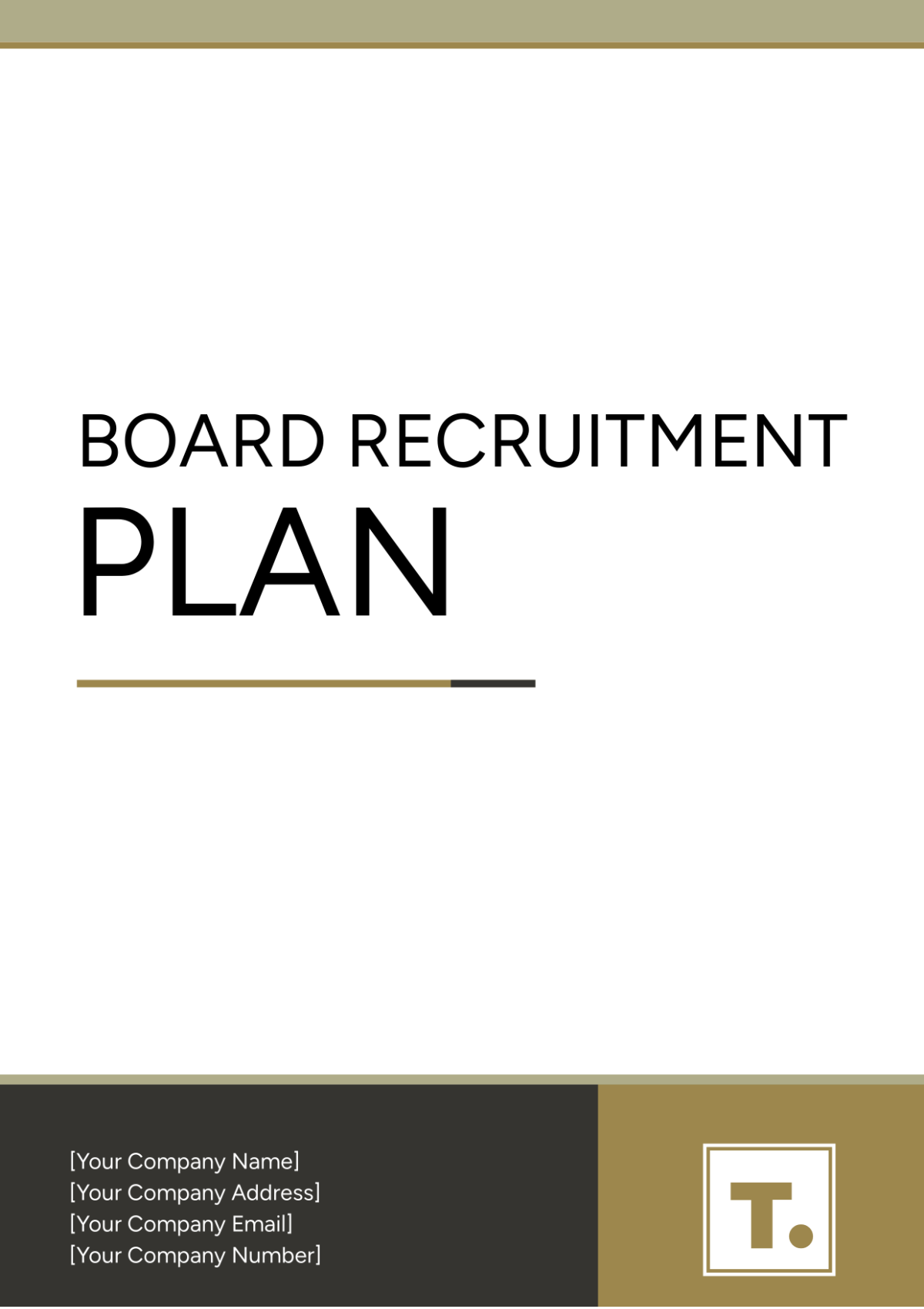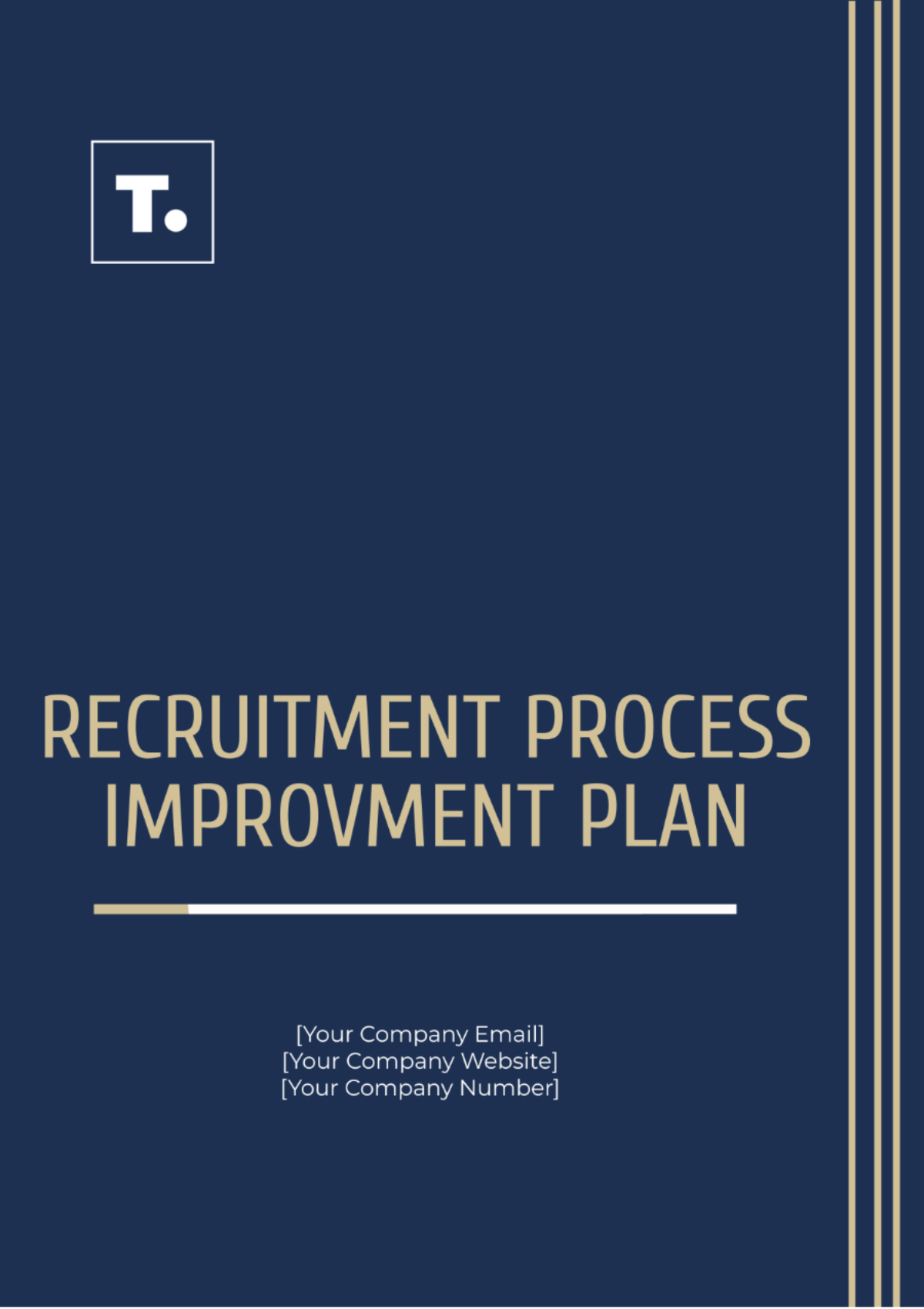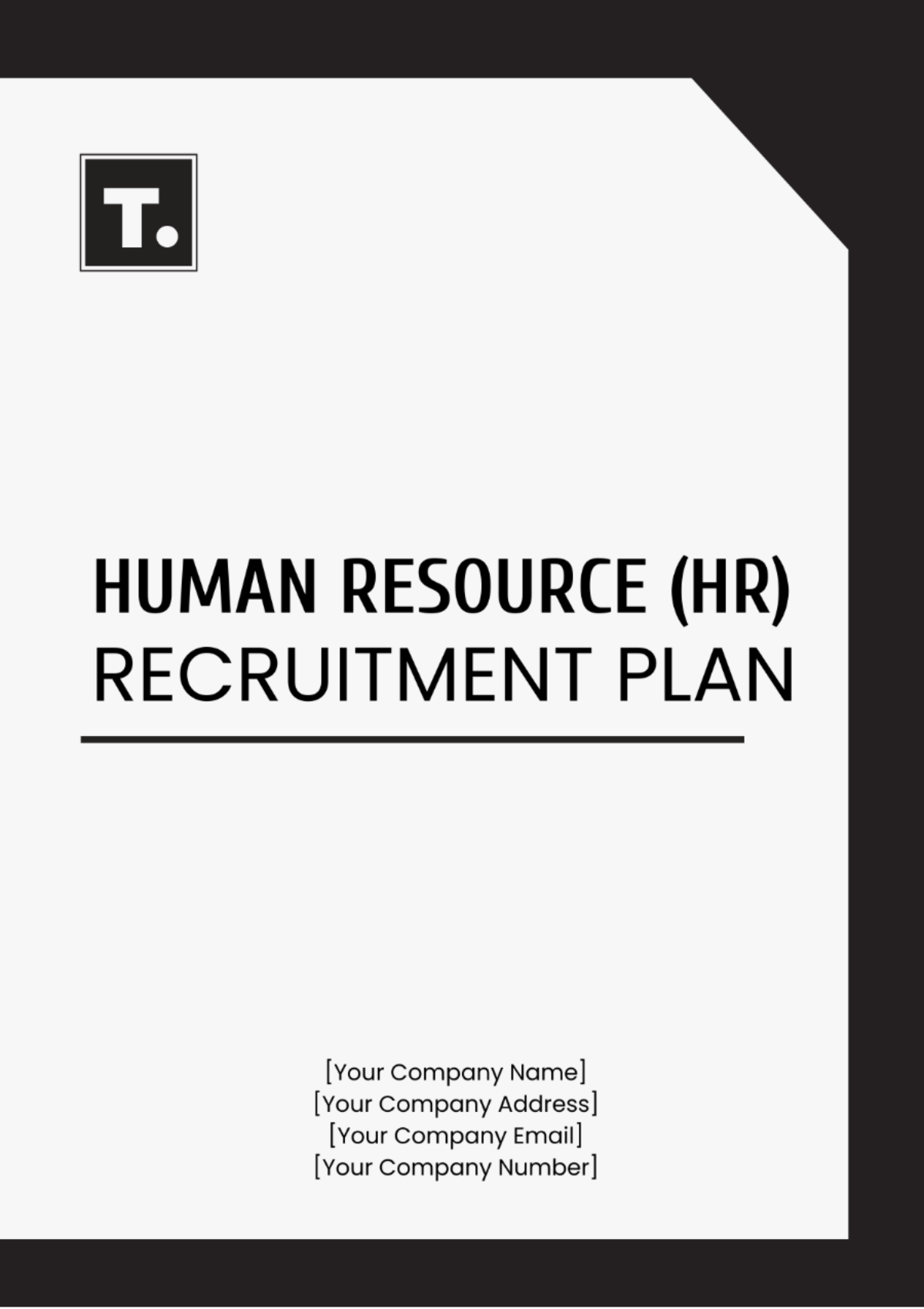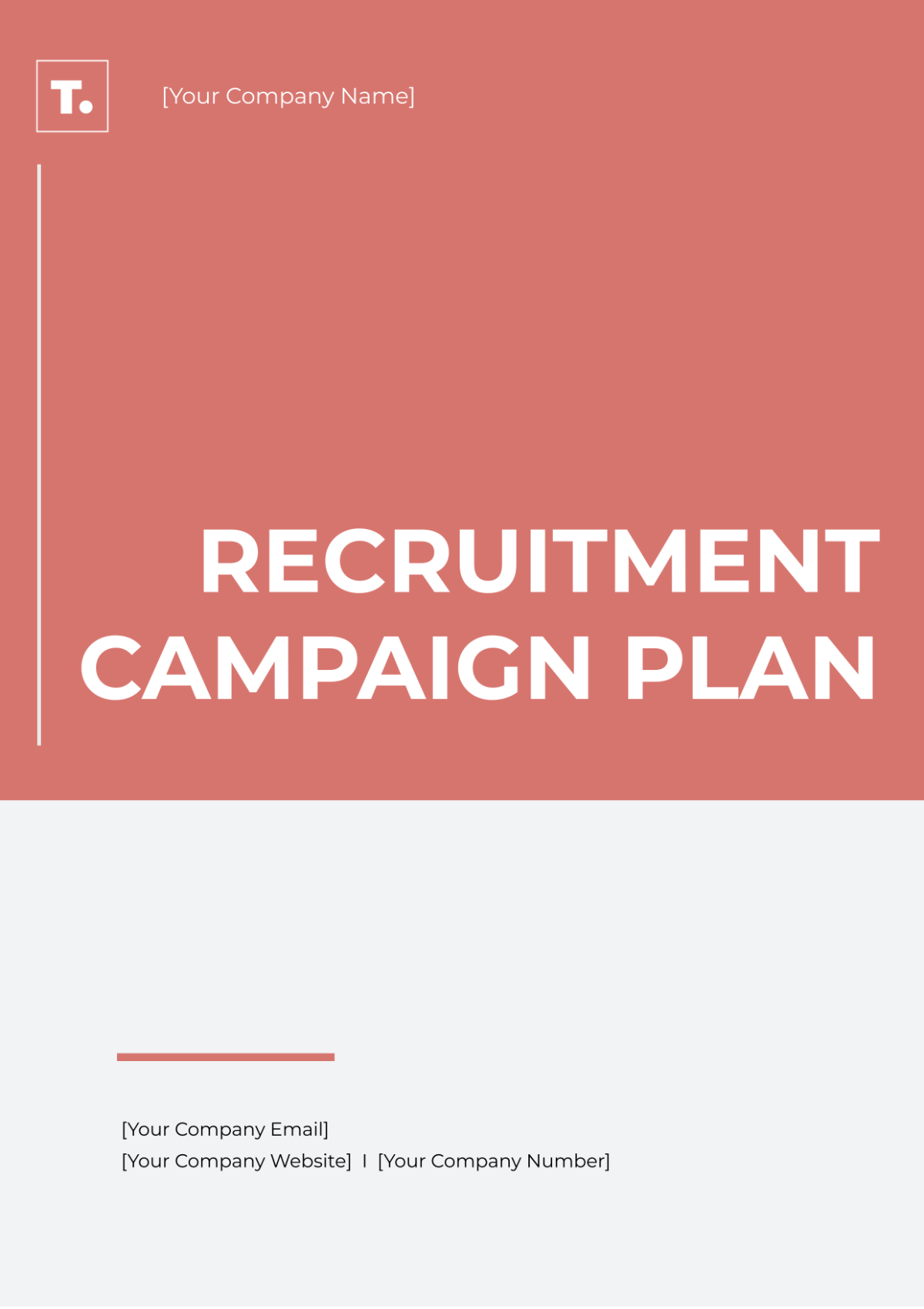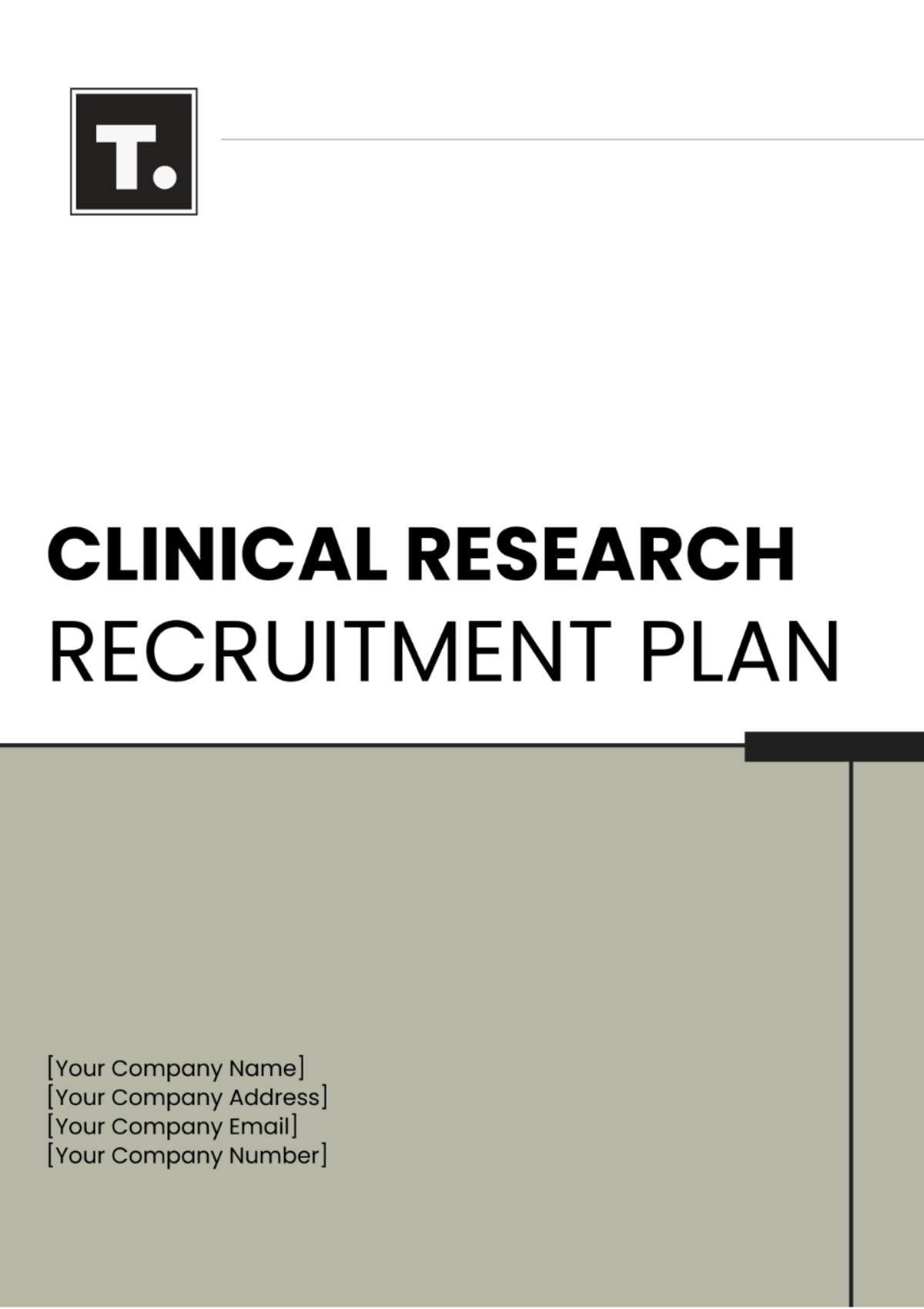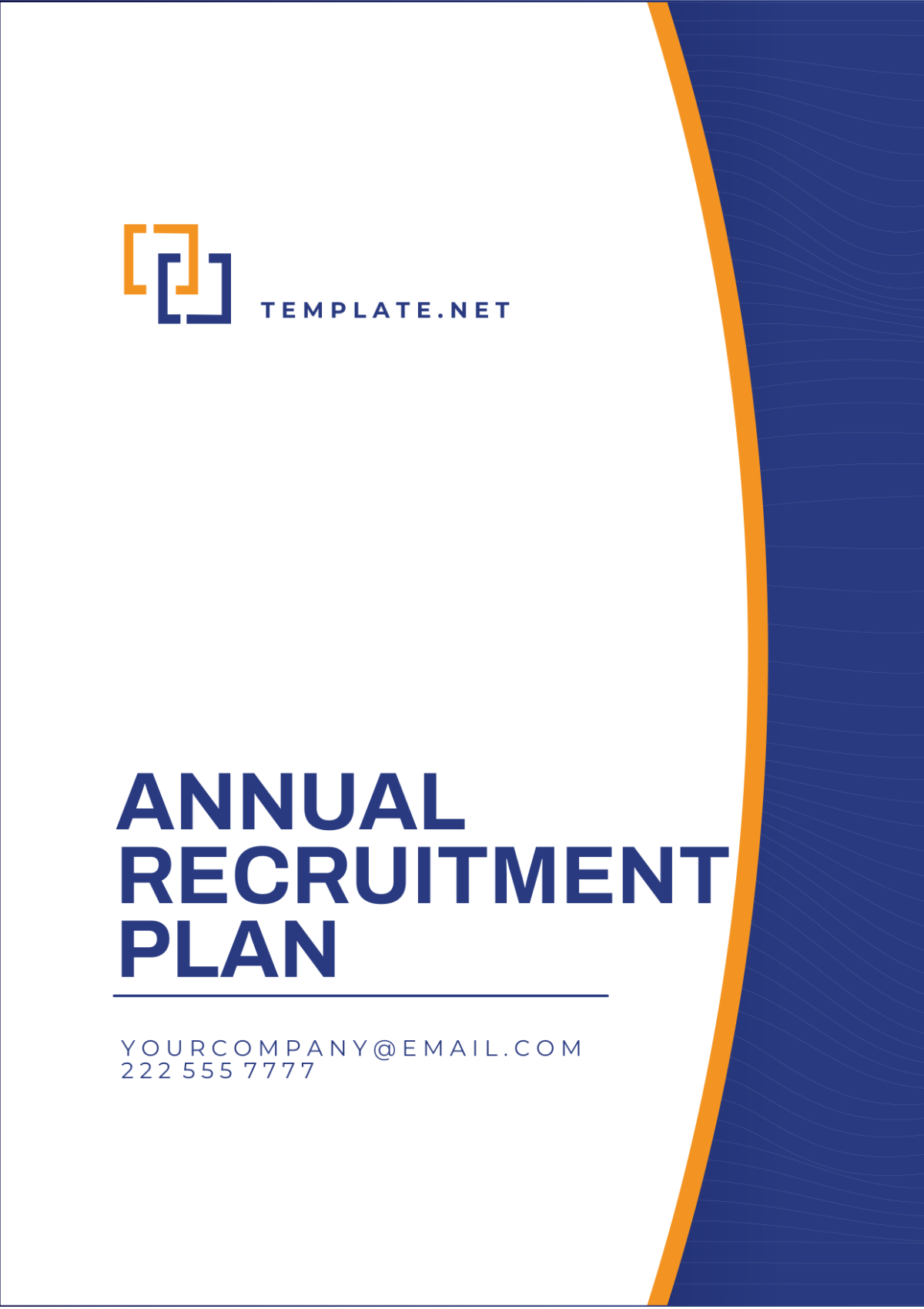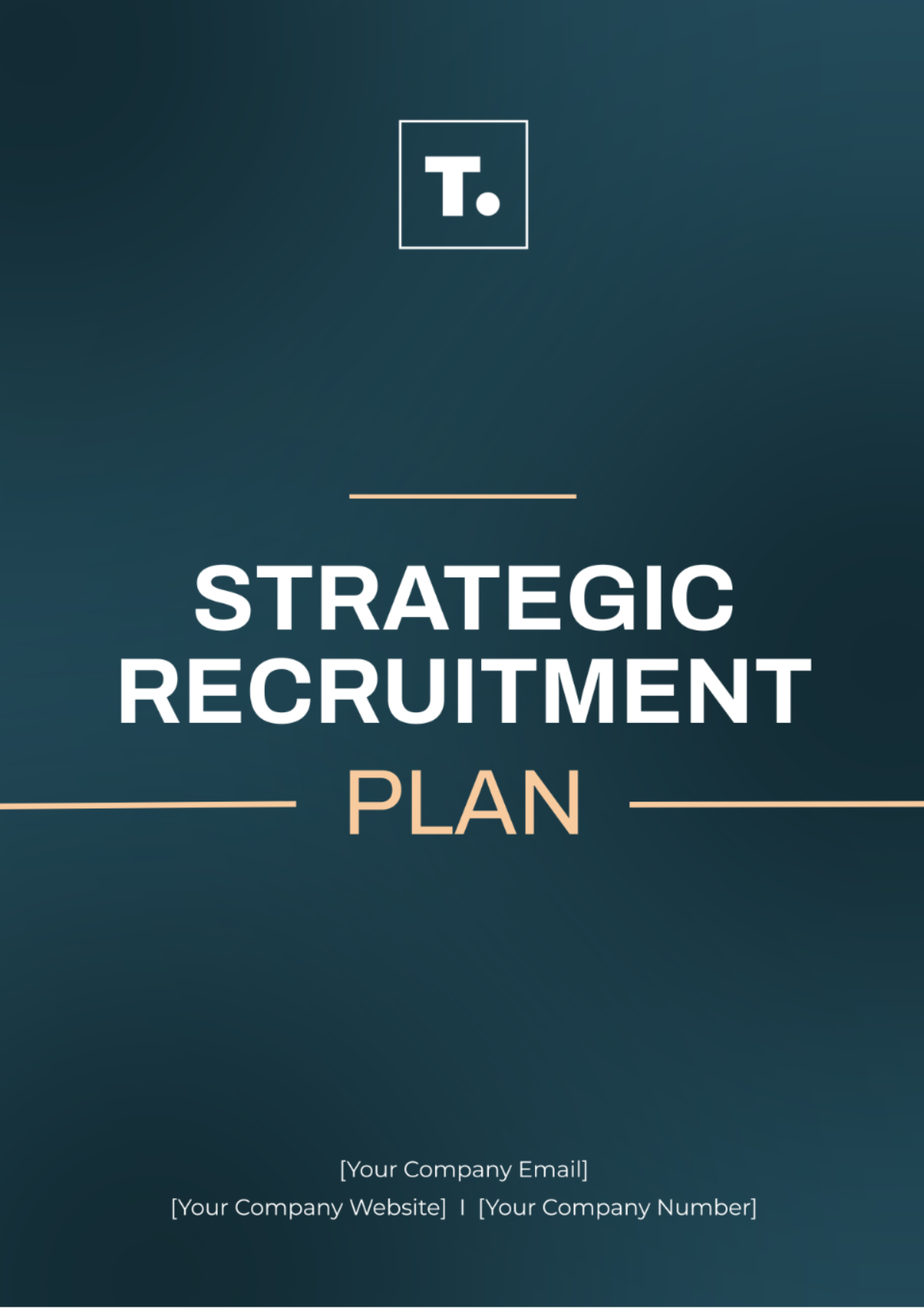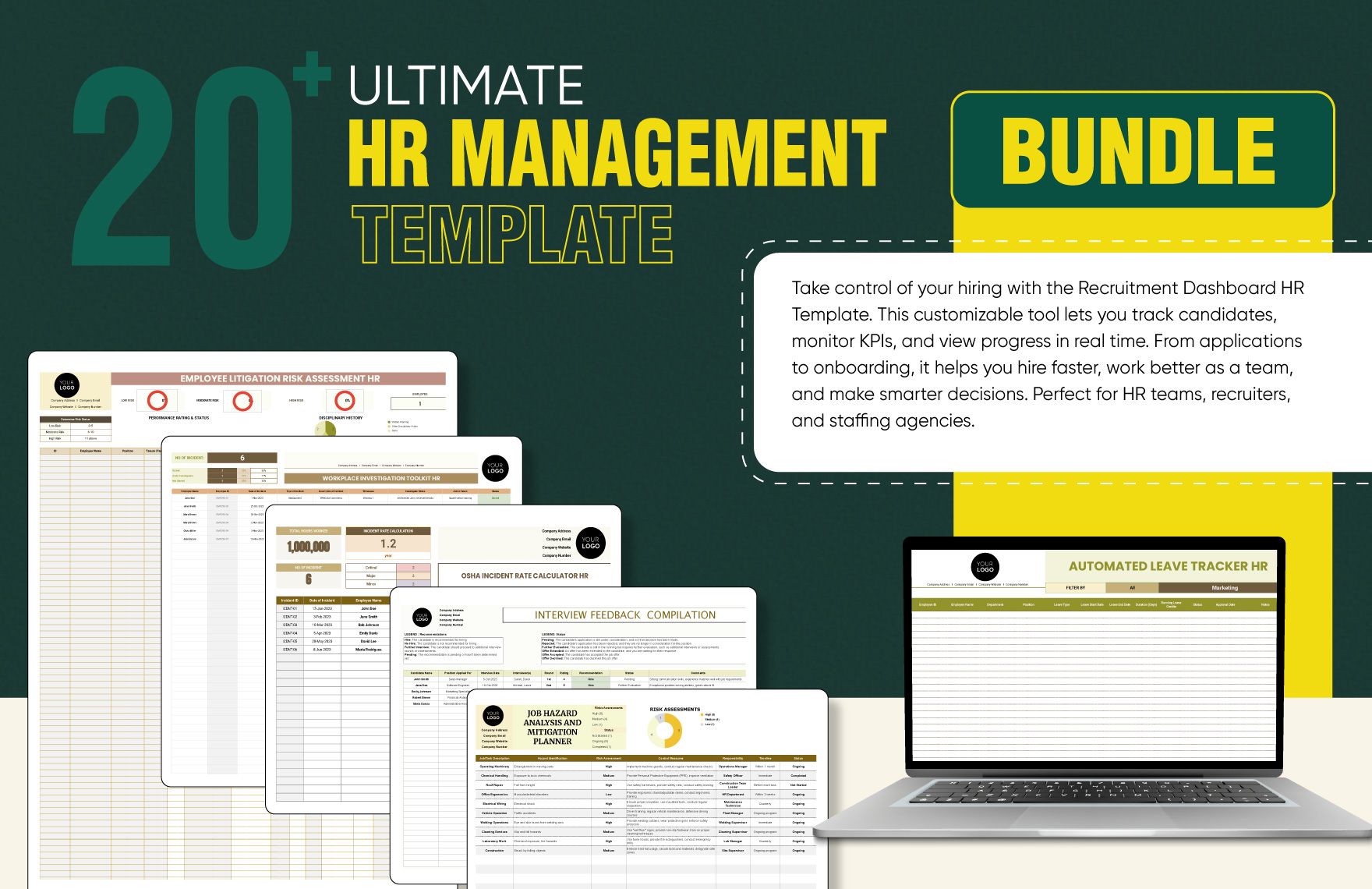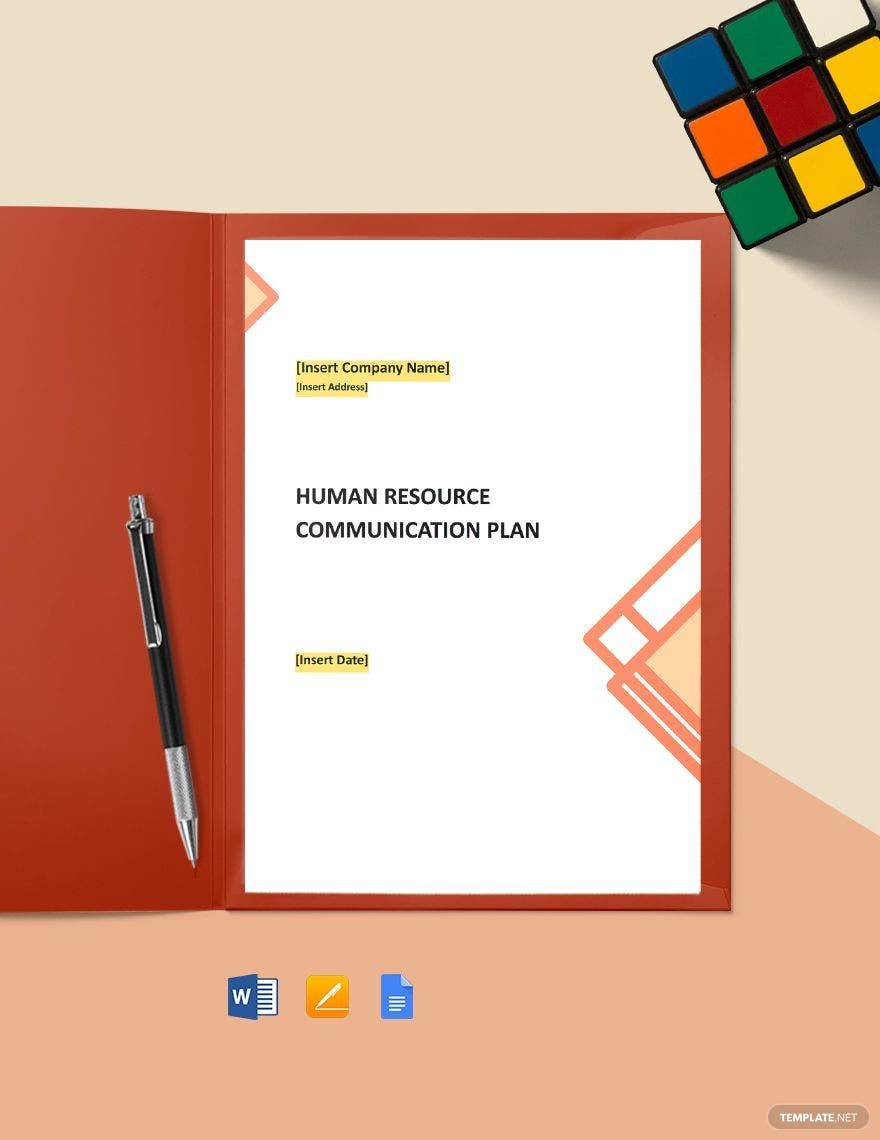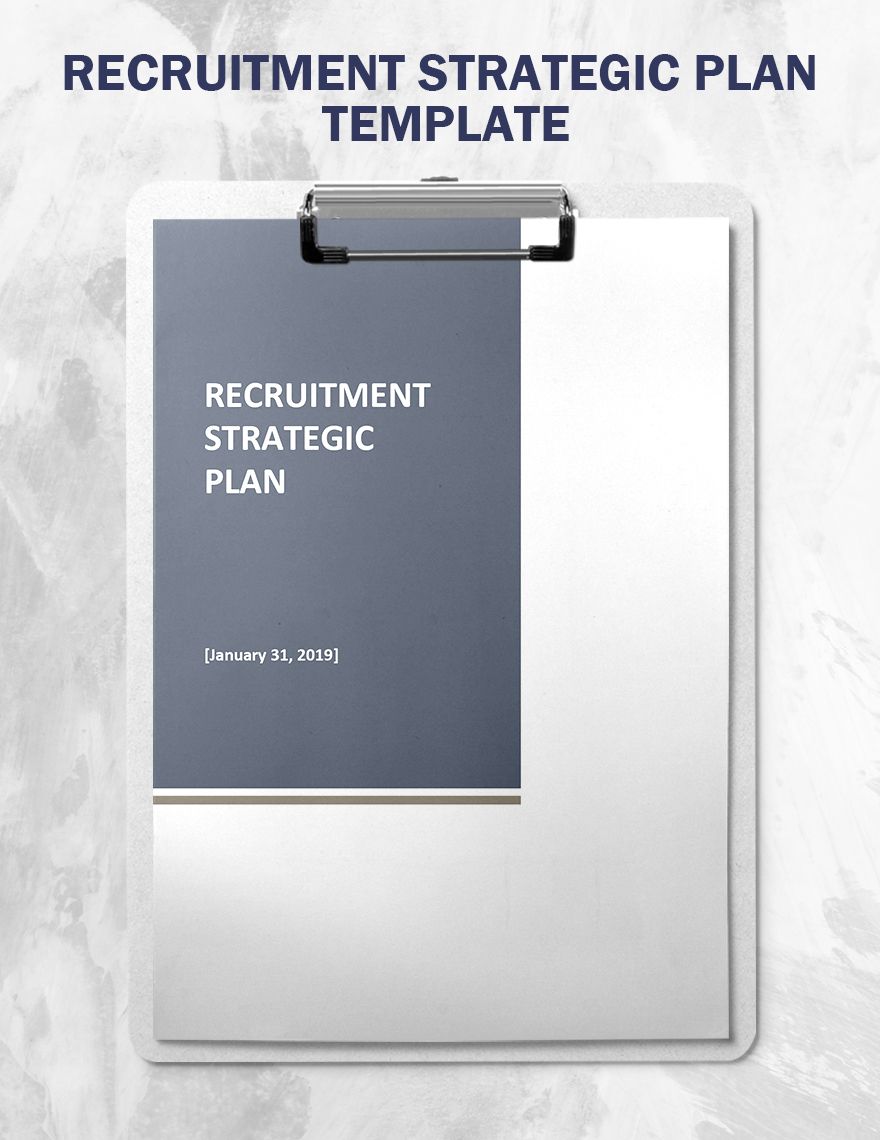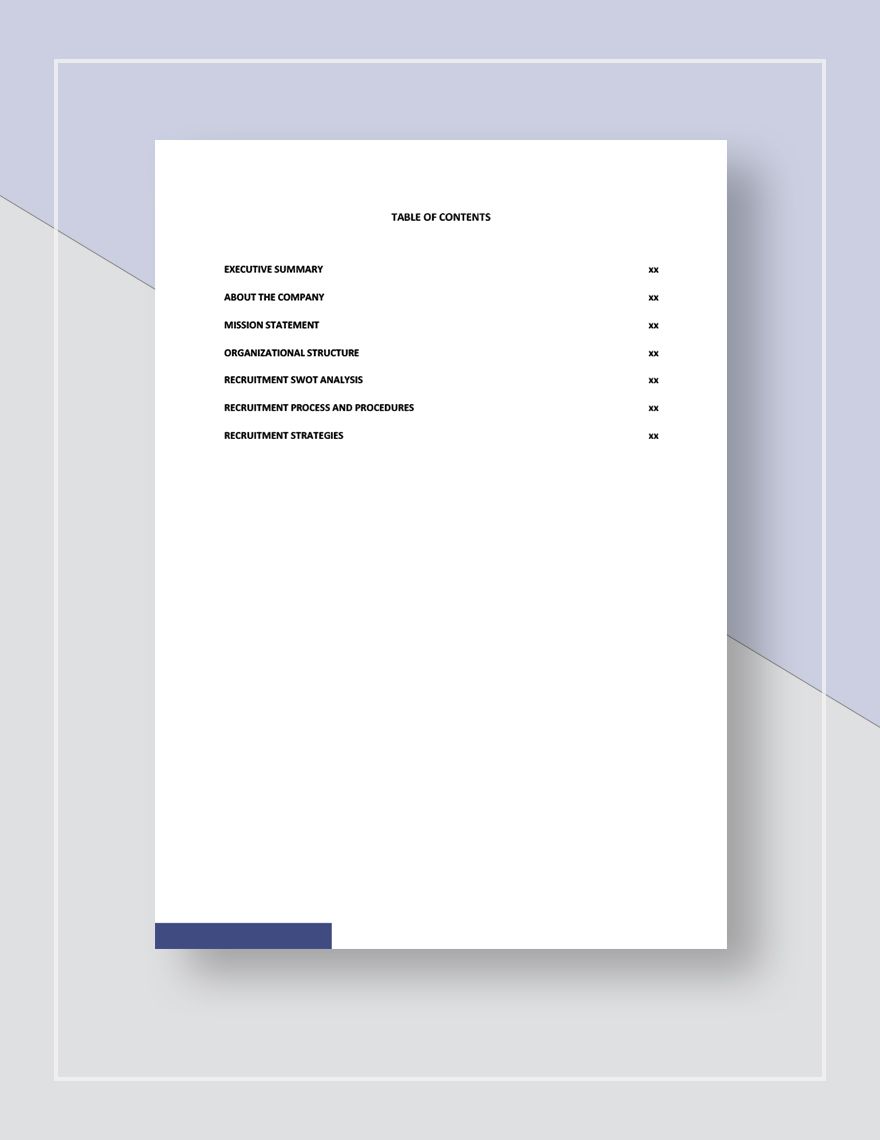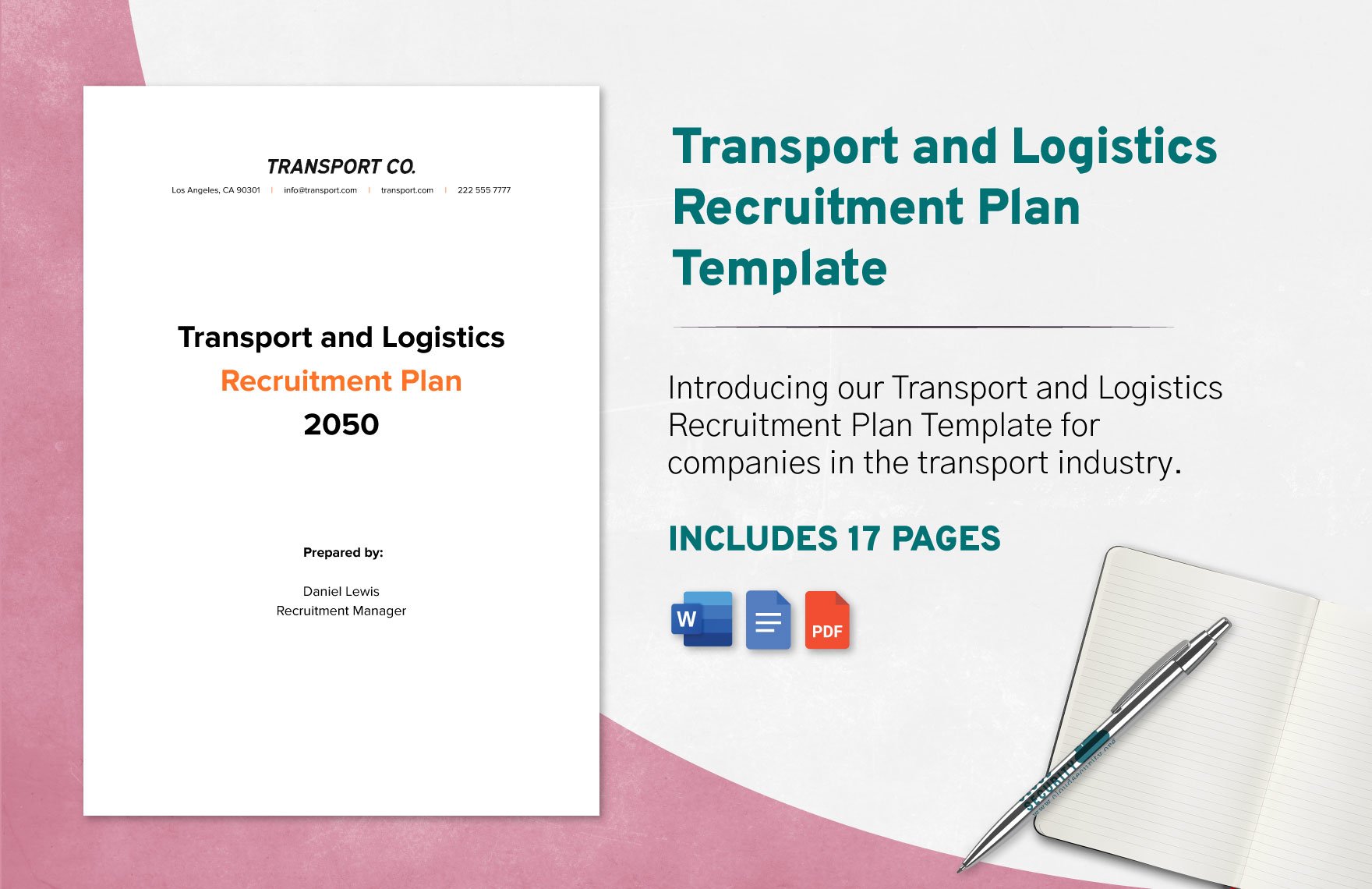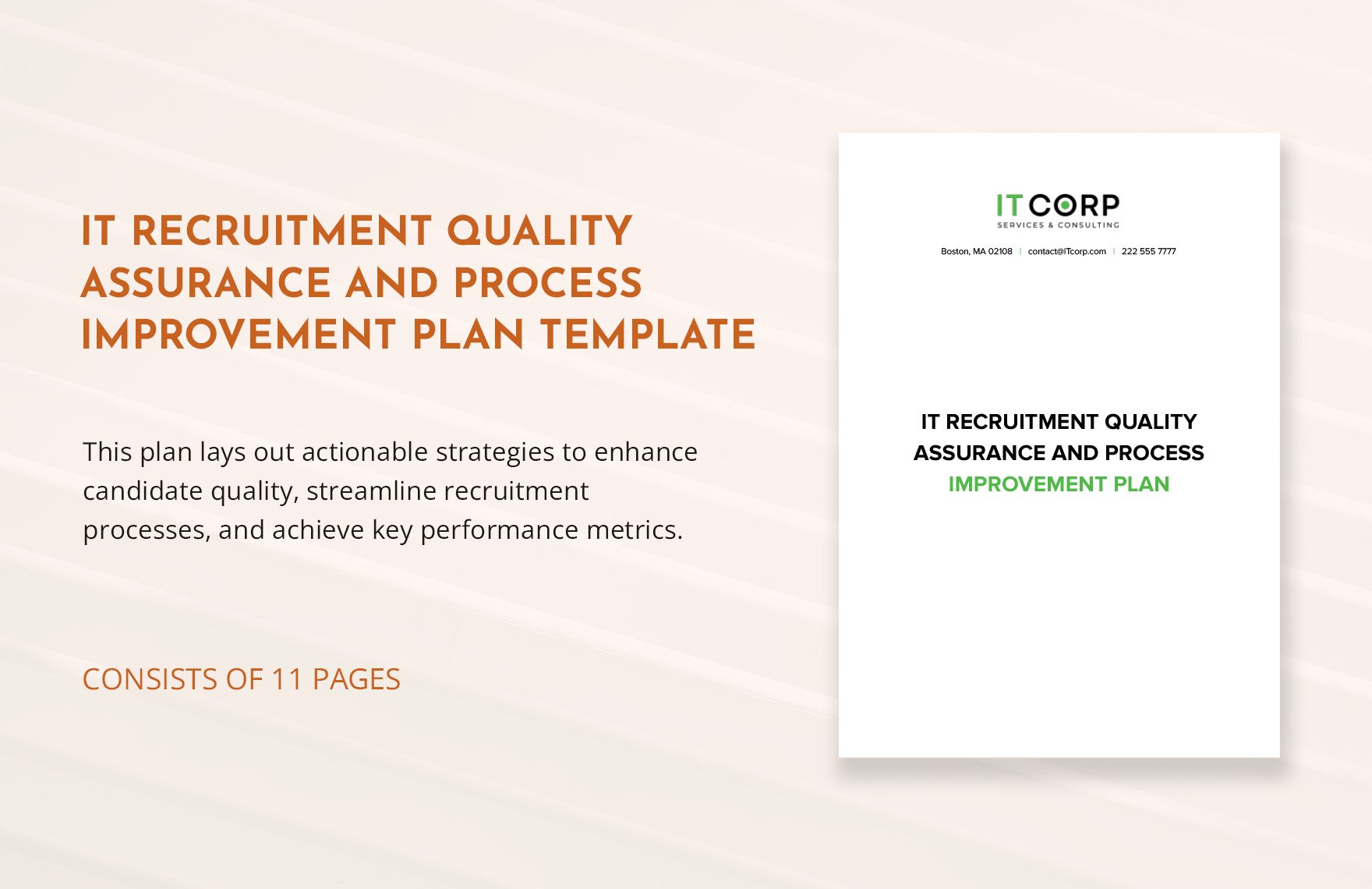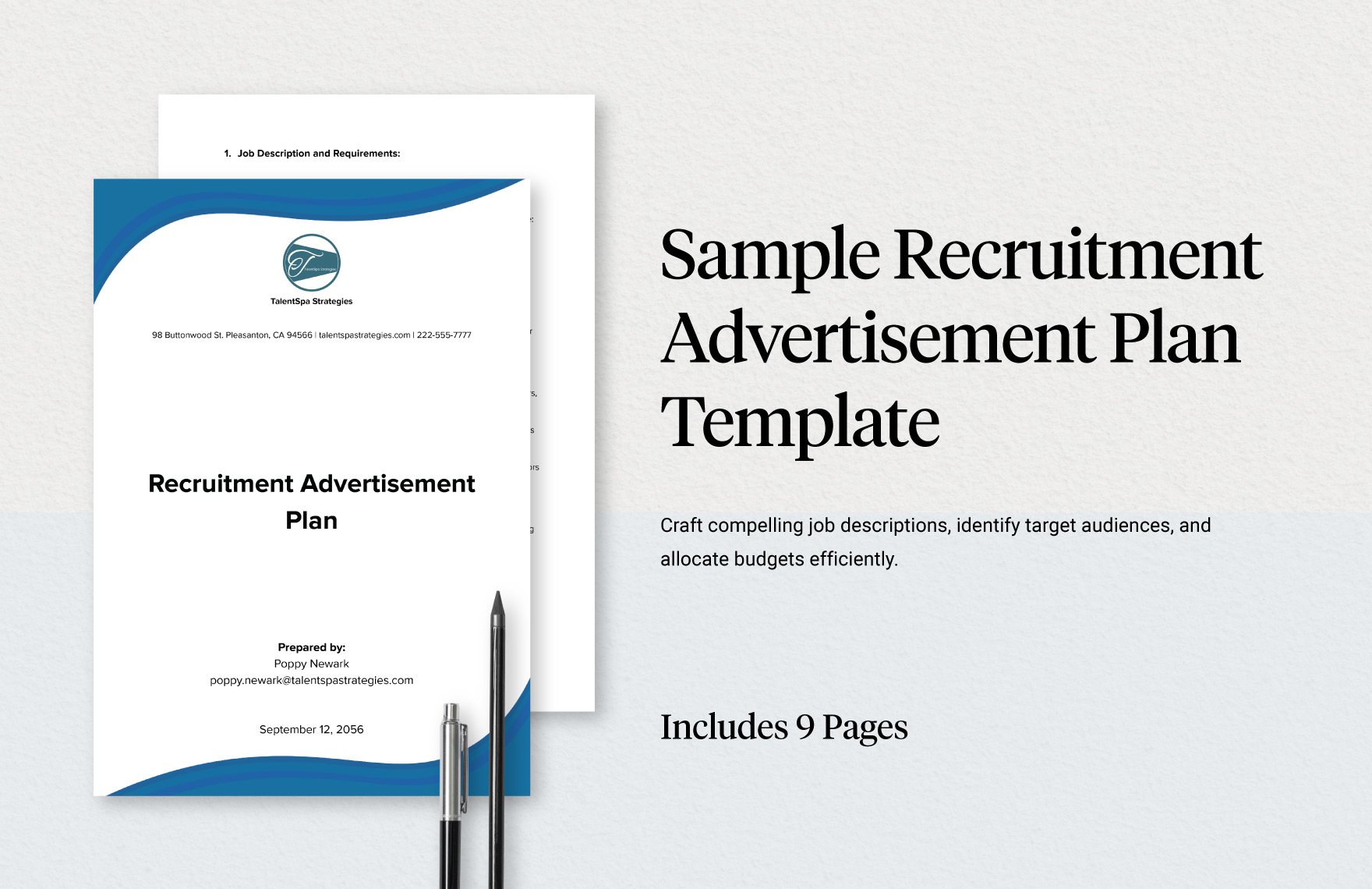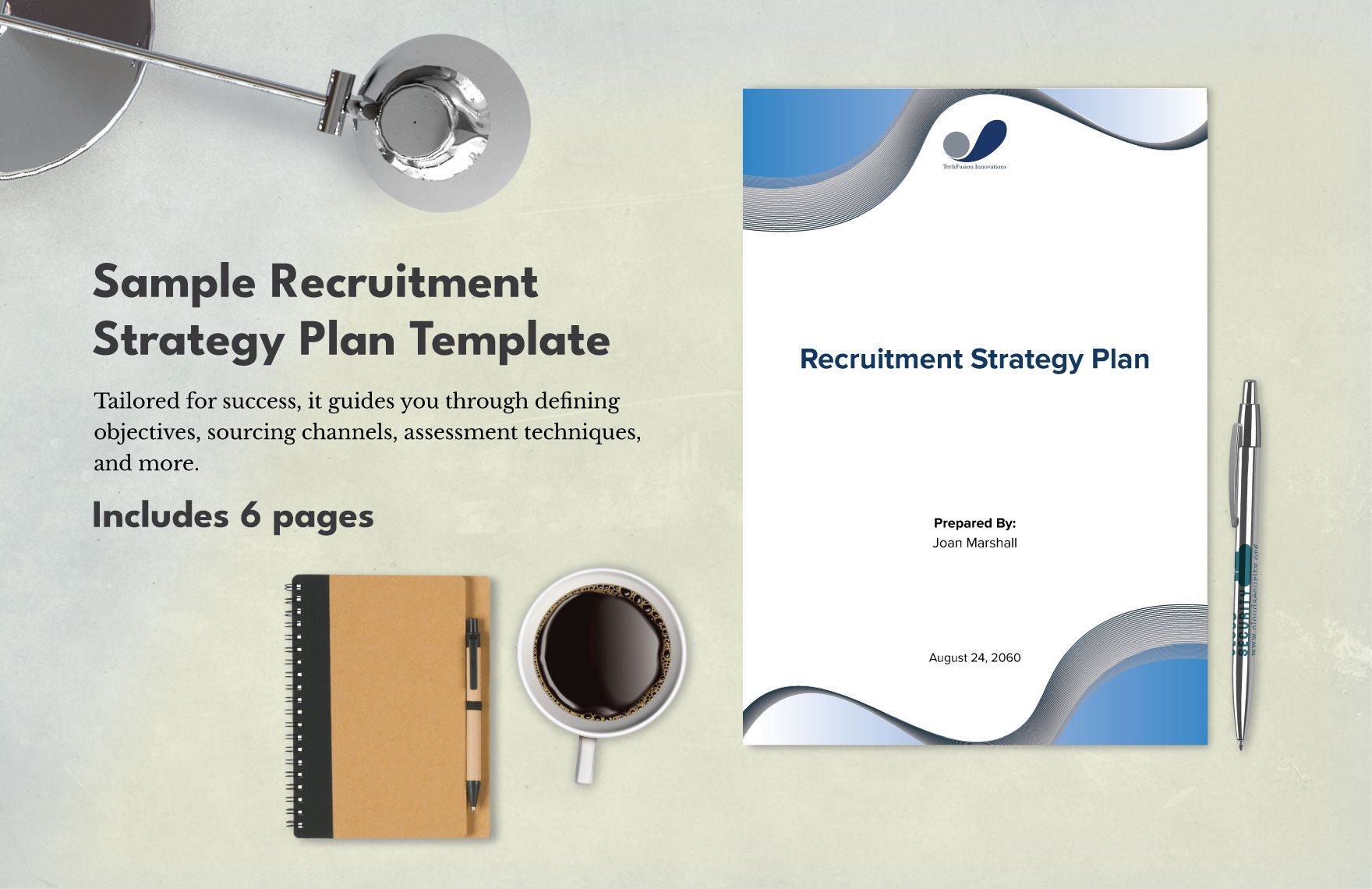Make your Hiring Process Efficient with Recruitment Plan Templates from Template.net
Bring your recruitment strategies to life with Recruitment Plan Templates by Template.net. Designed for HR professionals, recruiters, and hiring managers who want to streamline their processes and enhance team collaboration, these templates are your go-to resource. Keep your team engaged, improve candidate screening effectiveness, and ensure a consistent approach throughout your hiring process. Use these templates to effortlessly promote a new job opening or organize details for an upcoming recruitment event. You can easily include critical details such as job descriptions, application deadlines, and contact information. With no design skills required, you can take advantage of professional-grade templates that are easily customizable for print or digital distribution.
Discover the many Recruitment Plan Templates we have on hand, carefully crafted to suit various hiring needs. Start by selecting a template that fits your requirements, and then easily swap in your own assets, tweaking the colors and fonts to match your brand identity. Elevate your document with advanced touches like dragging-and-dropping icons and graphics, applying animated effects, or using AI-powered text tools to refine your copy. With countless possibilities and no special skills required, creating a perfect recruitment plan becomes both fun and easy. Our templates are regularly updated, ensuring fresh designs at your fingertips. When you’re finished, download or share your recruitment plan via link, print, or email to reach your audience across multiple channels effortlessly.
